“‘My Lordship, I’ll show you what a woman can do.’ – artist Artmesia Gentileschi
Throughout the centuries women have had to work tremendously hard to make their voice heard, especially in Renaissance Florence where most women’s destinies lied in childbirth and taking care of the home.
Their voices rarely heard nor seen which is why this subject fascinates me as a very independent girl living in their same city, free to roam as I please. What we know less about are the amazing stories of those girls, who against the odds, didn’t follow the normal life-path and instead carved out a destiny of their own. In this case, I am talking about women artists that made their mark in Florence, Italy hundreds of years ago but who’s presence is still struggling to be remembered today.
Their stories are what brought me, your average American-living-in-Florence turned Tuscan Texan blogger to a place in Pitti that most people rarely see, the storage rooms. While yes, that might sound indeed a little cray-cray, that’s exactly what happened a few weeks ago while exploring women artists on a special tour with Context Italy with fellow bloggers Alla Fiorentina, Tiana Kai, Too Much Tuscany, Maple Leaf Mamma, led by docent Alexandra Lawrence.
Also in attendance was someone who’s books and articles in The Florentine I used to pour over when being your average study abroad student, the witty and refreshing Linda Falcone. She was there as a special guest and to tell us more about AWA foundation, Advancing Women Artists Foundation – who are committed to identifying and restoring artwork by women in Florence’s museum storages. Years ago I remember going to the ‘Invisible Women’ book presentation in the Uffizi gallery Library by the AWA Founder and Chair, Dr. Jane Fortune who wrote about discovering the forgotten women artists of Florence which was later made into an emmy-award winning documentary by PBS.
When Jane was asked about this special tour created together with Context and AWA she said “I hope they will be inspired to ask themselves why so few women are represented in the city’s museums, when its storehouses are brimming with works by noteworthy women artists!”
Excited to be part of such a dynamic group, and at the chance to explore a place I had been before but had little memory of. Not to mention this place now happens to be my new neighbor, the impressive Palazzo Pitti. No chance of ‘keeping up with the Jones’s here!’ This amazing palace was the home of many a famous person including the Grand Dukes of Tuscany, Napoleon (used as a power base) and the former King of Italy when Florence was newly united. It now houses several museums and exhibitions including the palatine gallery, royal apartments, gallery of modern art, silver museum , porcelain museum, costume gallery and carriages museum.
A Woman’s World – Not just behind the scenes
This was set up to be a walking tour through the Palatine and Gallery of Modern art galleries for a duration of 3 hours led by one of their trusted docents examining women artists through history, in order to uncover a lesser-well-known-side of art history. Plus at a certain point during the tour we snuck out on the Palazzo Pitti terraces which was a super huge treat, I have always stared at these huge stone terraces wondering what went on in such a grand, spacious place in the past. 
Our first stop on the tour was a special treat – basically we got to go into the ‘salone del letto’ storage room to see a painting formerly hung in the Sale delle Nicchie, completed by Artemisia Gentileschi — ‘David and Bathsheba’.
Artemisia is known as one of the most common women artists in the world from the 17th century and was unique for having both male & female assistants, which was very uncommon at the time. In this painting, King David spots Bathsheba bathing outside and immediately falls in love with her, a painting that also has ties to Jesus Christ.
This artwork is interesting not only for its actual beauty, but almost more so for its story. It languished for over 370 years in a storage room in Florence exposed to all sorts of natural elements to the point where they questioned the worth of restoring it. It was restored in 2008 using noninvasive methods, including leaving a missing eye. When it comes to the restoration of paintings, the general rule is that all restoration efforts must be reversible. This because we know that future generations will come up with even better methods and thus leaves room for better restoration in the next coming centuries.

Being a non-restoration-expert myself, I really was impressed by that. Even though Bathsheba is missing an eye, she is no less beautiful and I was personally really surprised that a painting like this is sitting in the storage rooms and not displayed. What’s even more shocking is that they didn’t even hang anything else in its place. Instead it’s just a wall with a missing artwork – it really makes you wonder, doesn’t it?
Next artist we explored was Giovanna Garzoni (1600-1670), a woman artist working for the Grand Duke of Tuscany Fernando II de’ Medici, a lover of all things science {think Galileo) and botany. She is well-known for her vibrant still-life scenes of veggies & fruits on parchment instead of the more traditional oil paintings.
Many women artists during this time worked with still life fruits & food which were seen as ‘less special’ at the time until the Medici family took notice. Alexandra Lawrence explained that because women didn’t have access to nudes, they worked with what they did have access to, fruit, veggies and women’s bodies.

Originally when I was invited to this tour, I admit that I thought — would I really be that interested in seeing three hours of art without having studied beforehand, but really? The truth is that these three hours flew by due to the interesting discussion we had as a group. We were all curious and had tons of questions for a happy-to-answer Alexandra. What I liked about her as a docent was her impressive enthusiasm and will to talk about these women’s stories and bring them essentially back to life.
What personally interests me more when I see art is the story behind the painting. Alexandra passionately explained their hardships, including rape trials and hardships while following their passions. One example of a woman who knew how to multi-task like a champ was famous artist Lavinia Fontana who’s wedding dowry included her working to support her family financially and was the first woman artist to have a painting featured in the Uffizi gallery only to have her famous work return to the deposits.
Artemesia who I mentioned before was as well-known for her scandalous past as her artwork. She underwent a rape trial reminiscent of ‘the accused’ and was hastily married off as soon as the trial was over. She was the first woman accepted into the Accademia delle Arti del Disegno and enjoyed a successful career with powerful friendships with the Grand Duke and Galileo Galilei. One of Artemesia’s artwork with the classic scene of Madonna and baby was remarkable to me in that the baby actually looked like a baby, and not like some sort of scary ‘cupid’ baby as we often see in Renaissance artwork.
Reality of artwork done by women in Florence today
There are less than 150 artworks by women currently displayed while over 1600 artworks sit in storage. I’ll let that sink in for a moment. Apparently the reason is because many art directors don’t believe that the work is of a good enough quality to showcase. But that many believe, lies in the eye of the beholder. As I mentioned before, I think a lot of people are like me in that they too, enjoy the story behind the work and more importantly the context behind the work.
What did these women have access to in order to paint, how many assistants (if any) did they have versus a male artist? It’s very interesting to learn the back story of their lives and I truly feel they would be successful if they were given a chance to be seen by the public. These women were exceptional citizens and should be spoken about.
The Future of Lost Artworks – Does anyone care?
We were all bursting to know what the current situation of these ‘lost’ artworks today in Florence. The AWA association is working hard to change that and propose different solutions – one being a traveling exhibit showcasing these lost works. Another shocking fact is that many university lecturers never talk about women artists. I really hope that is changing but the general consensus among my friends is that they weren’t taught anything about women artists when studying art history.
Another issue is that many museums don’t actually have an inventory of artworks done by women in Florence. I know that might sound surprising but it is true. Jane Fortune’s Invisible Women does have an inventory but one has to wonder the reception AWA has gotten in the past bringing this self-made inventory to various museums in the city. Does anyone care?
The good news is that lately Florence has been opening its doors for the research of women artists and even allows filming etc which is a huge step in the right direction. Change happens from the top downwards and we will just have to wait and see. For a non-art-history expert, I have to say that this is super interesting to me and If i get any updates or news, you can all be assured that I will share via this blog.
Context Italy: A Woman’s World Tour
Want to try out this tour for yourself? Here are the vitals you need to know: duration: 3 hours. Price: Group: €75 per person, Private: €330 per party. VENUES VISITED, Palazzo Pitti – Galleria Palatina, Palazzo Pitti – Galleria d’Arte Moderna, extra’s €10.00 – Palatine Gallery.
Another neat fact about this tour is that Context Italy donates a portion of the tour’s proceeds in support of AWA’s restoration projects.
—
Wikipedia edit-a-thon for Women Artists
Recently I heard about a Wikipedia edit-a-thon event by the AWA to edit or add women artists on Wikipedia – this was very much-needed for the sometimes very scant descriptions or none at all. Though I wasn’t able to participate myself they told me that there were 17 participants and 16 new pages for women artists which is really quite remarkable. Plus the association itself also has now been ‘Wikied’ if you would like to take a look.

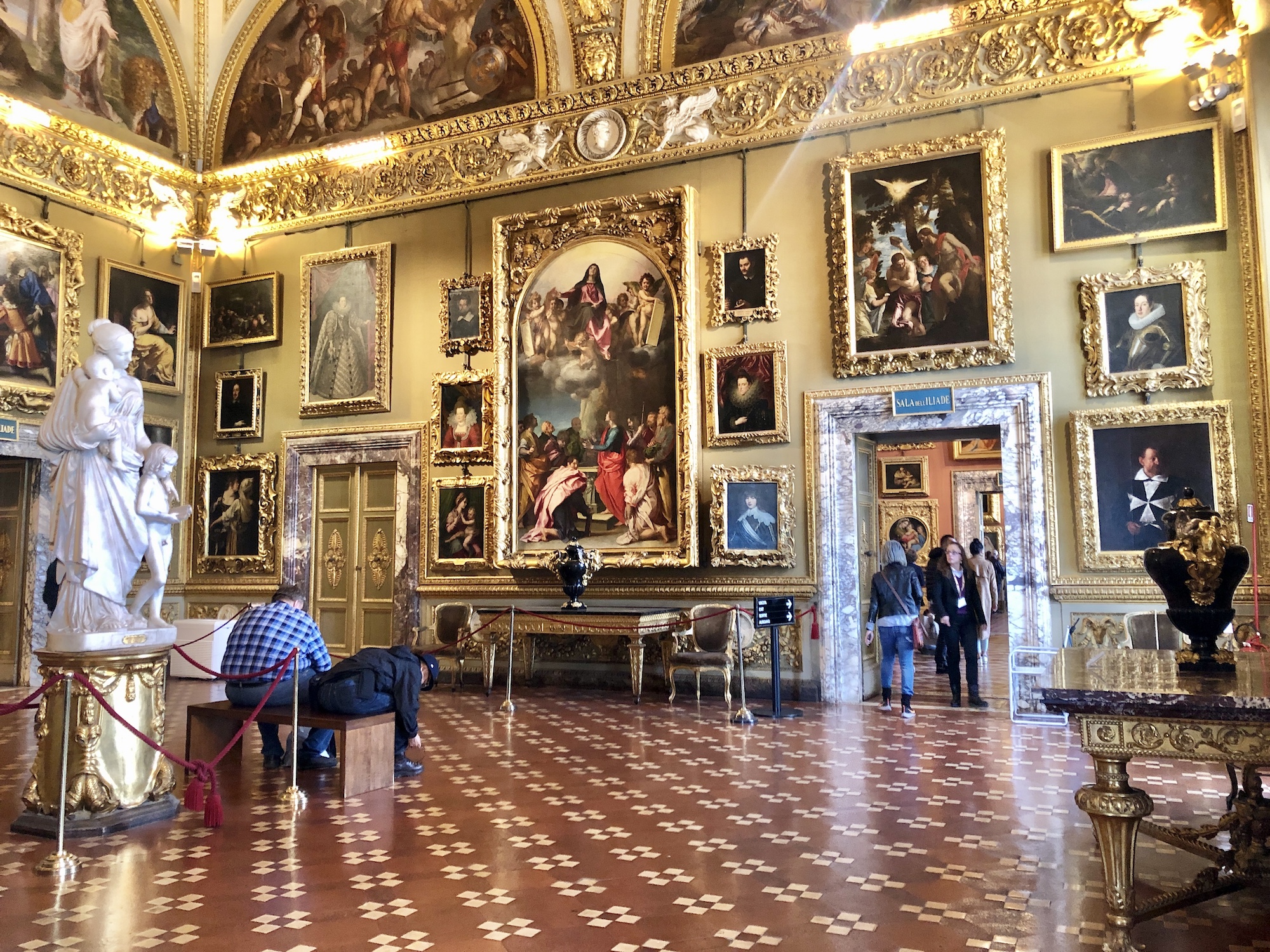
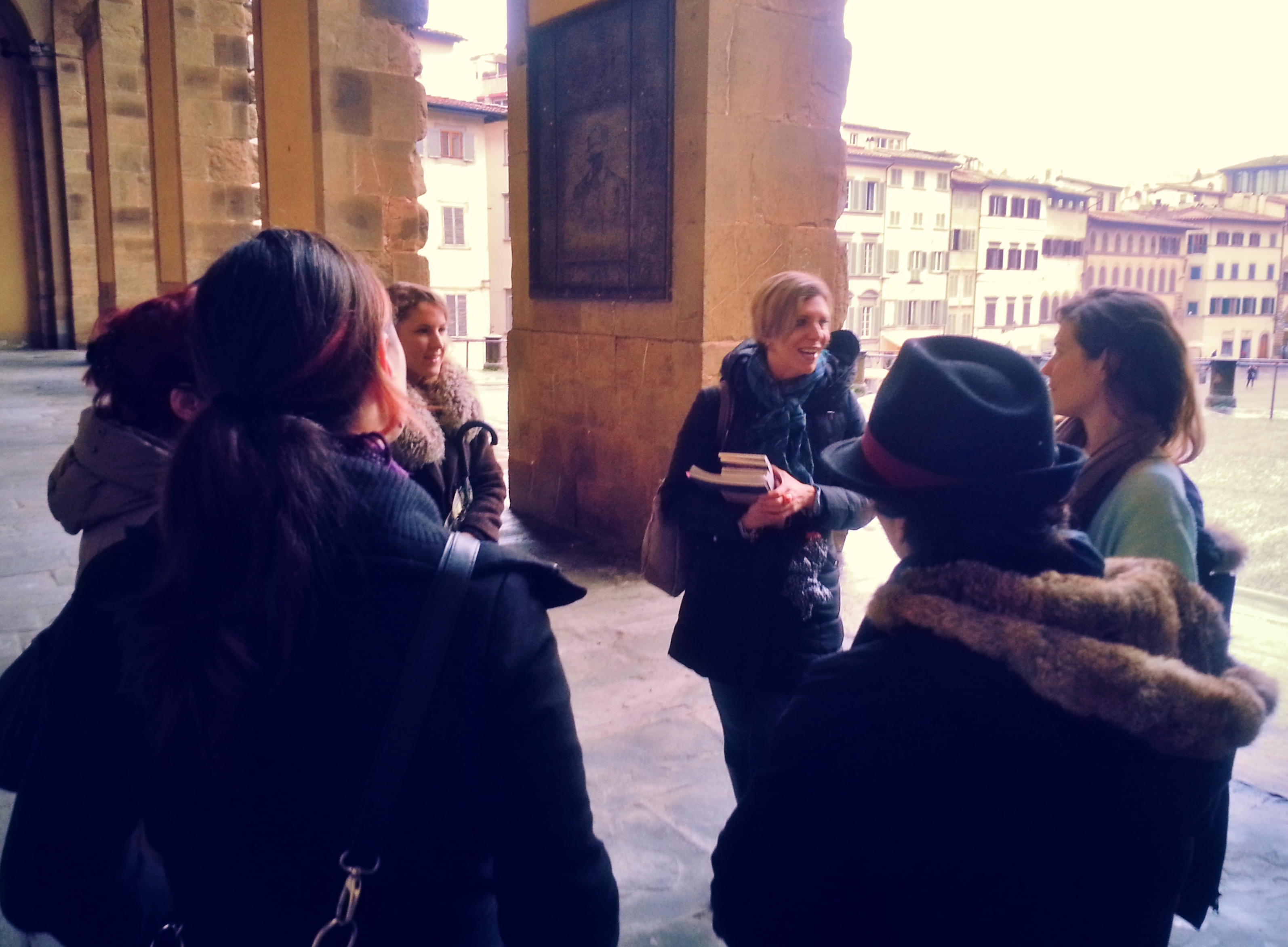
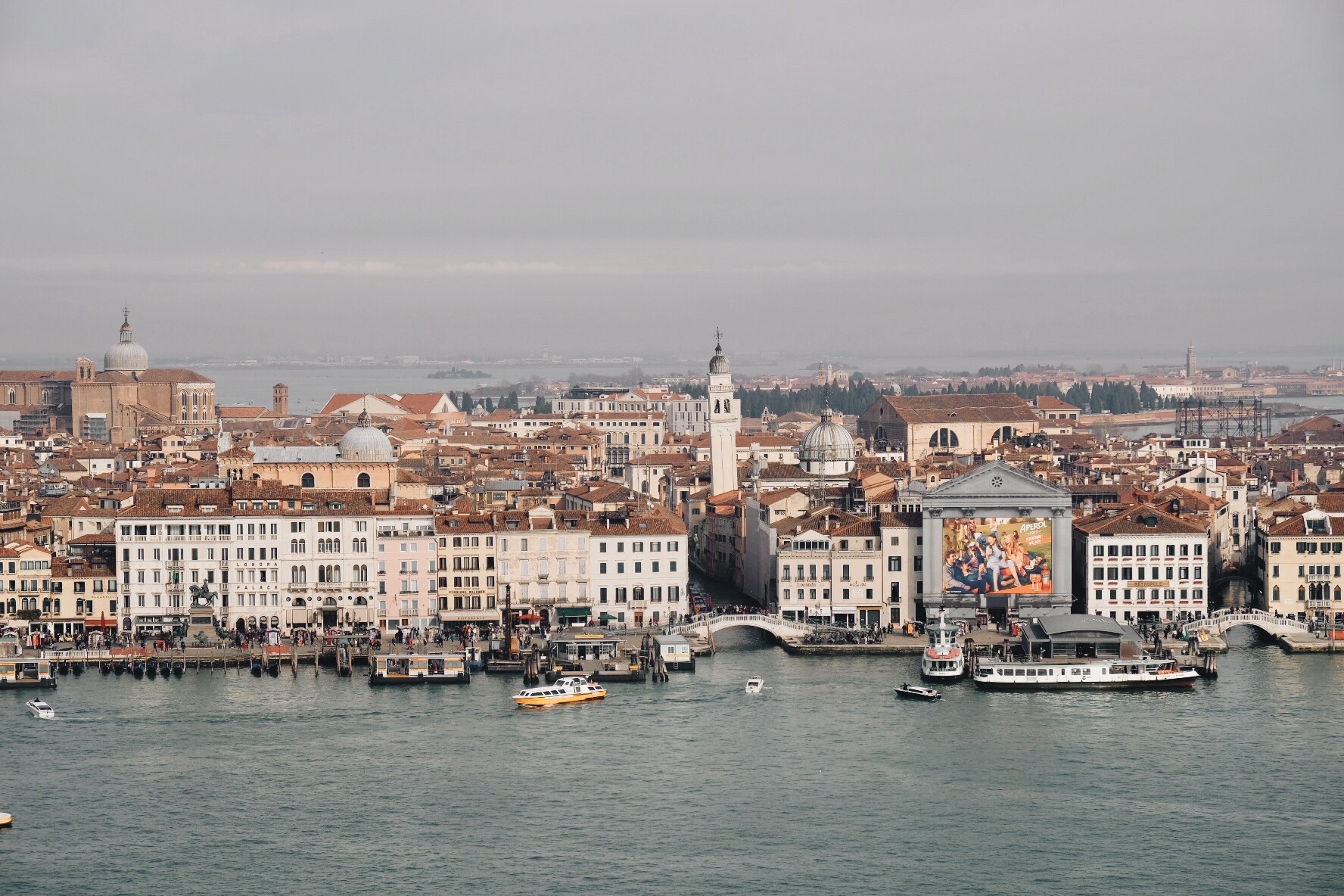
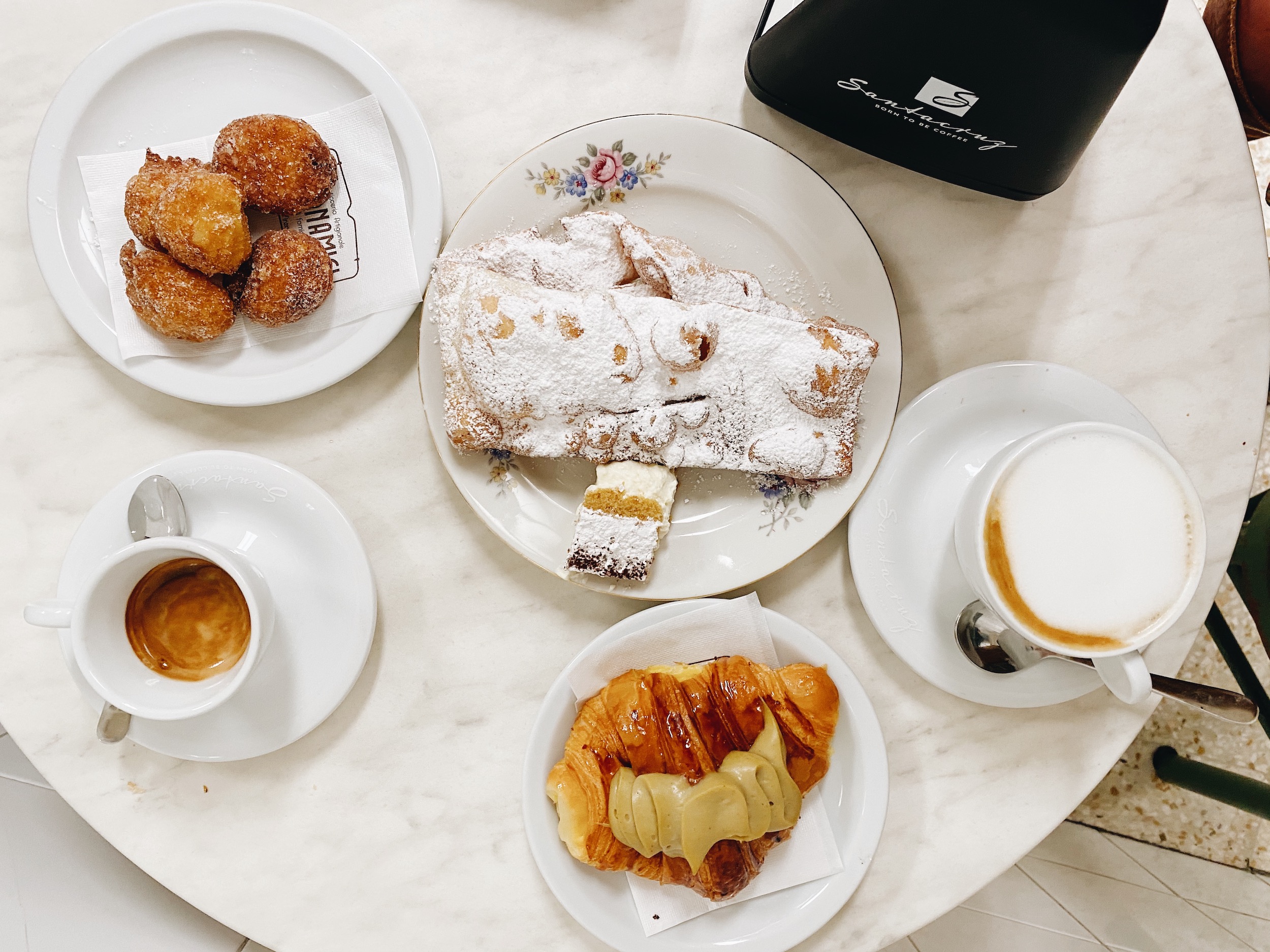
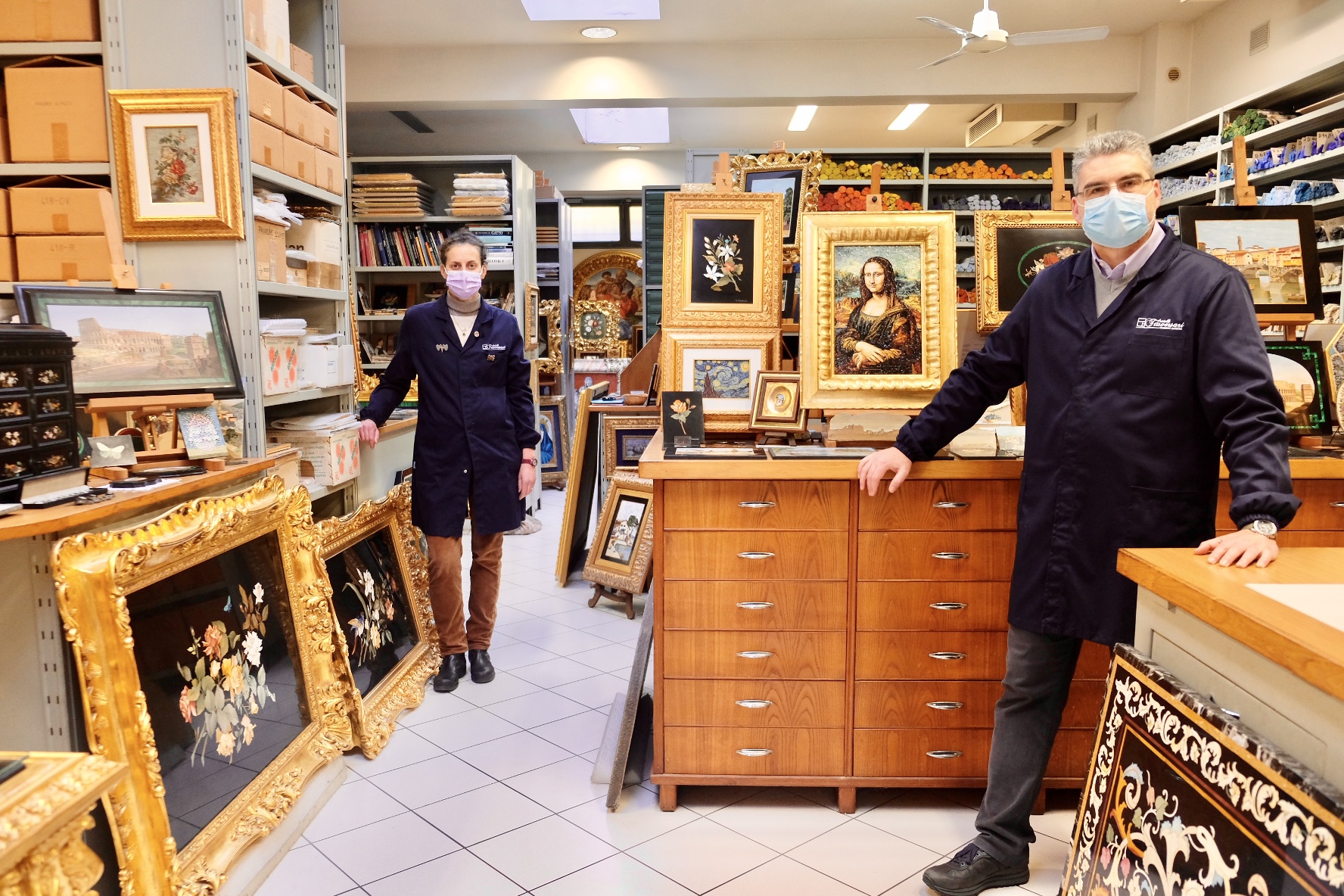
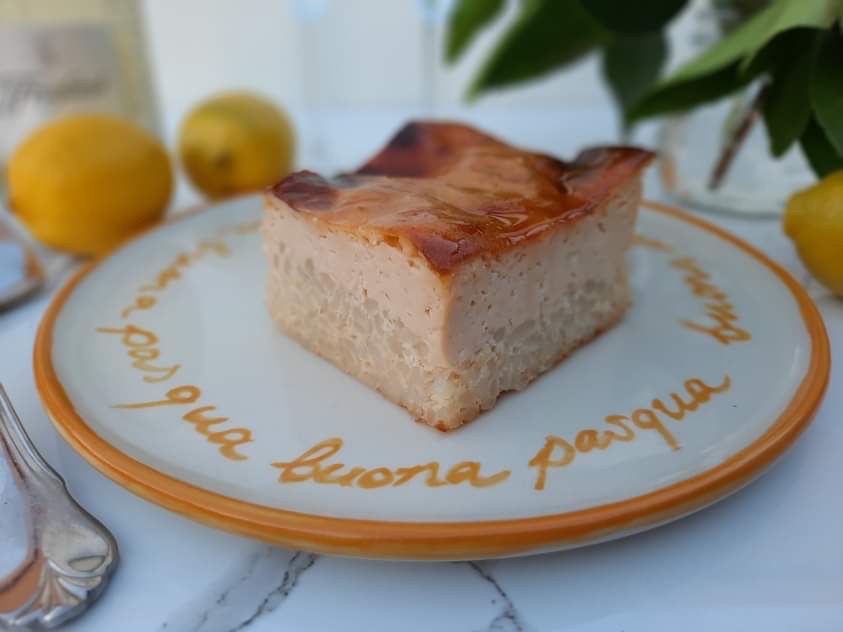
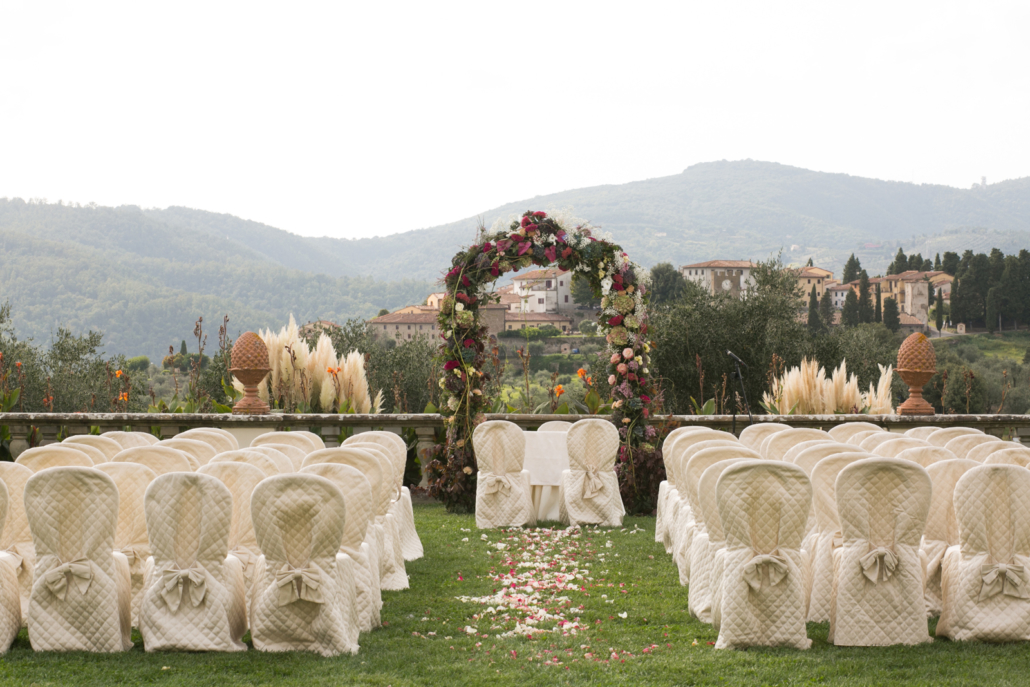





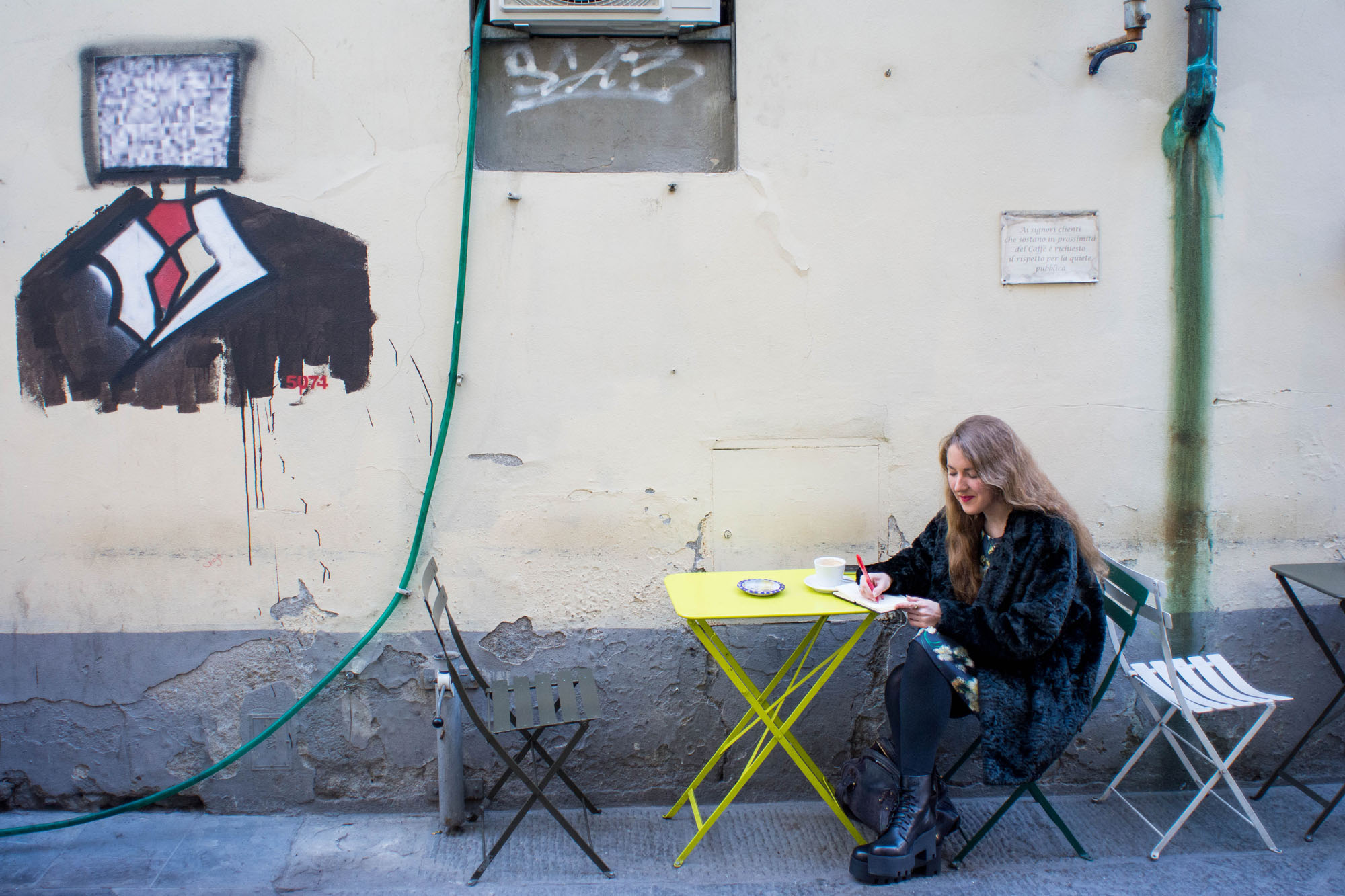
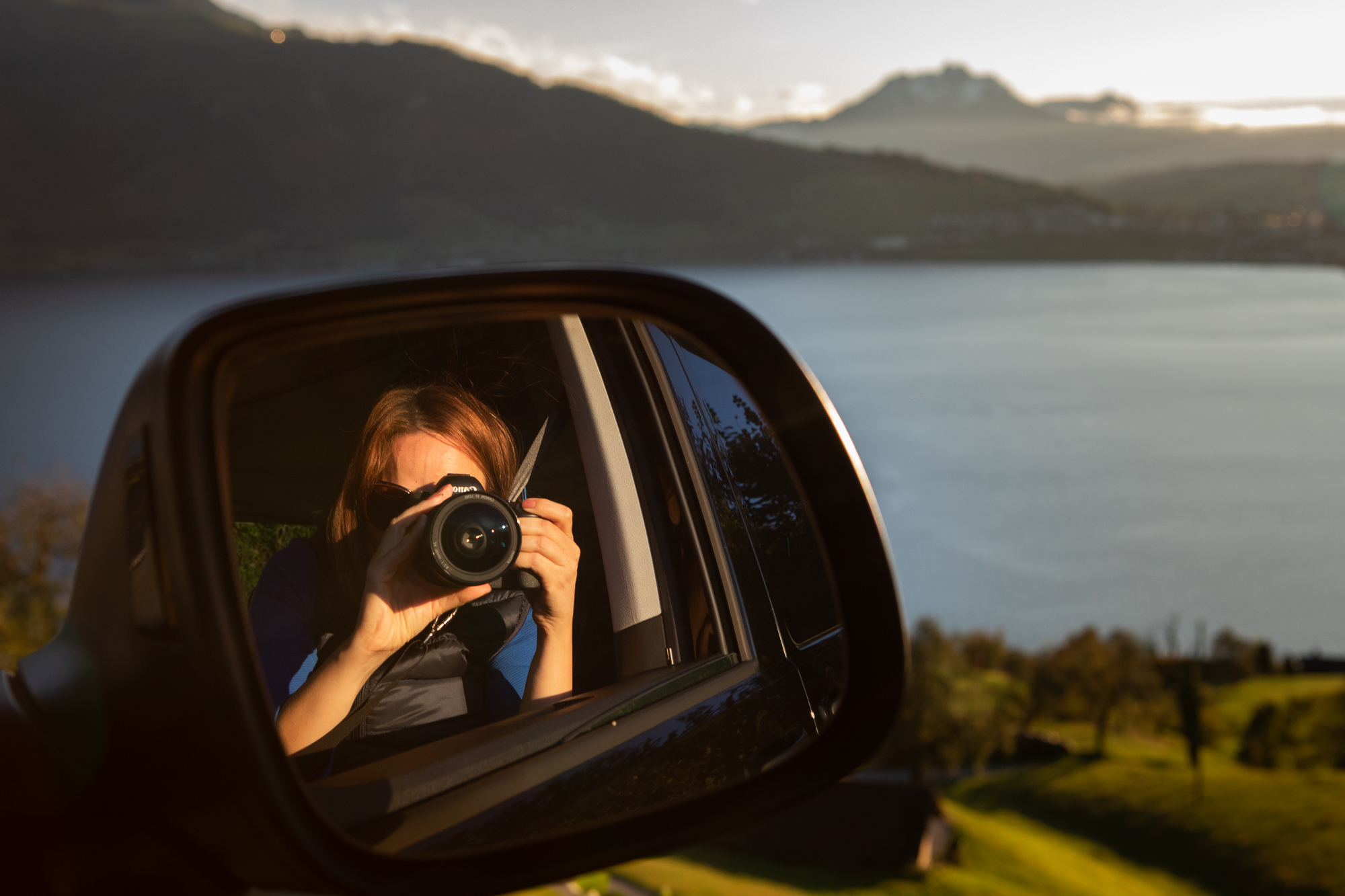
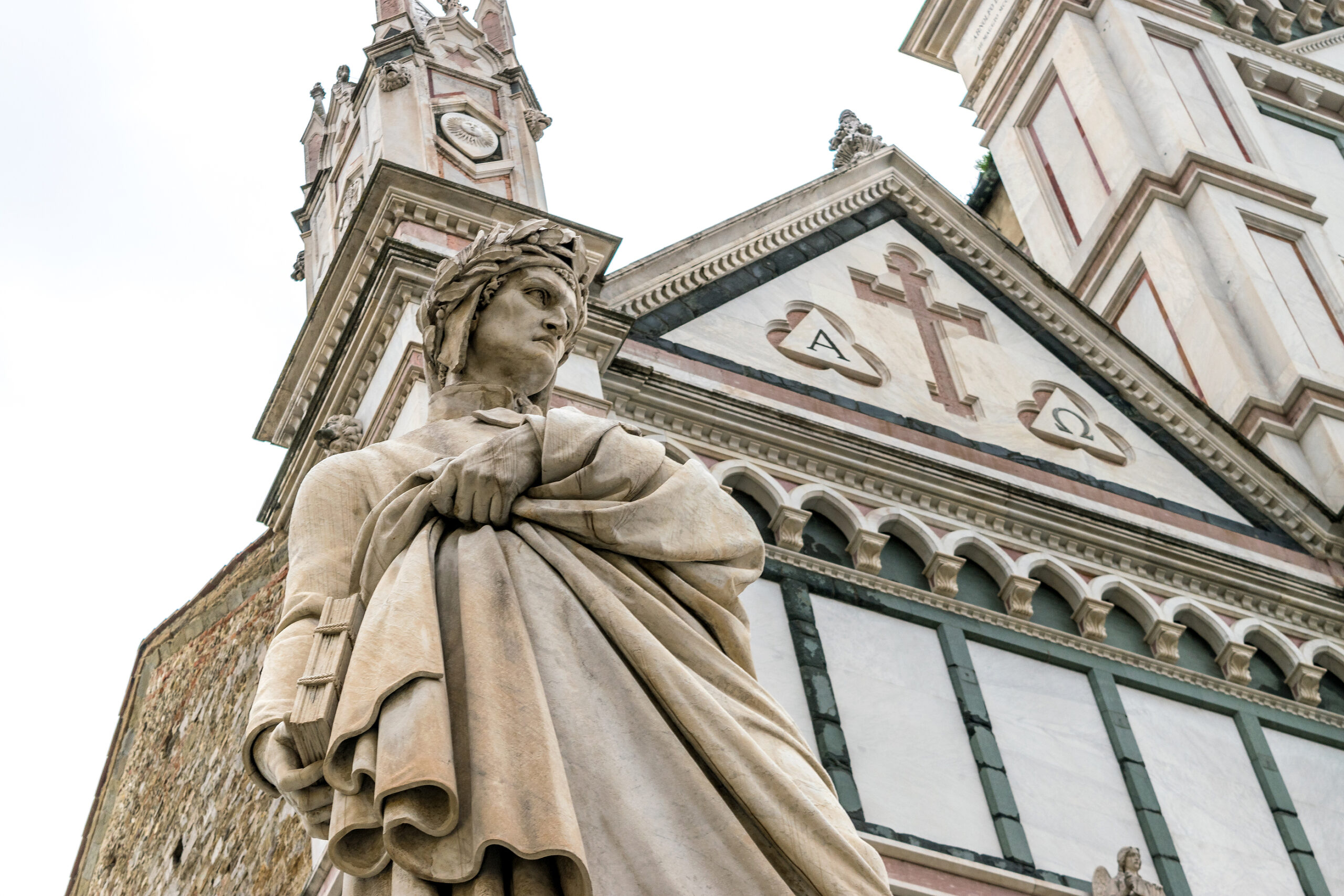
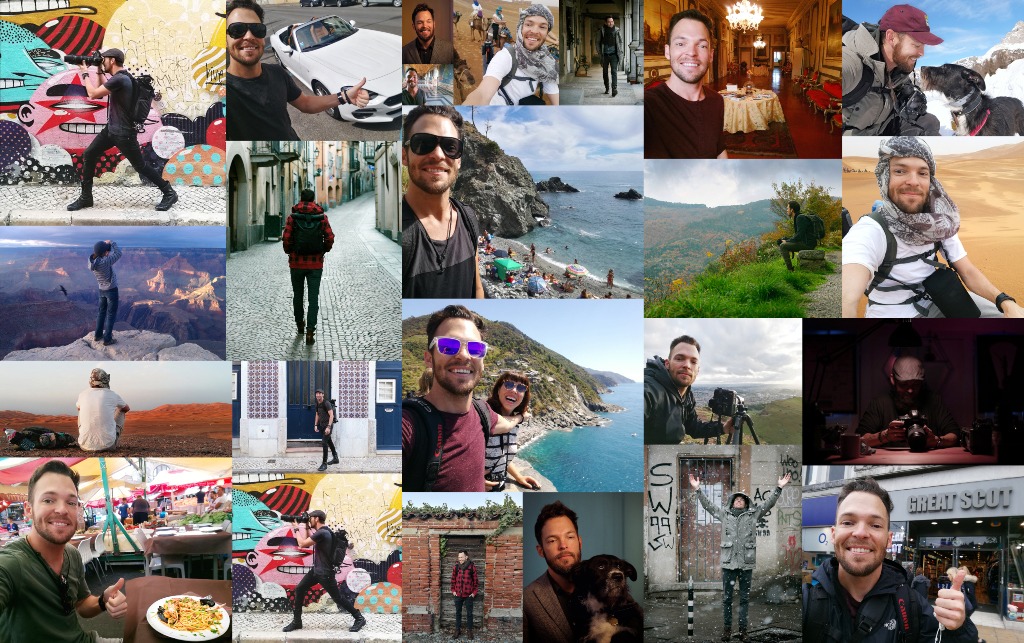



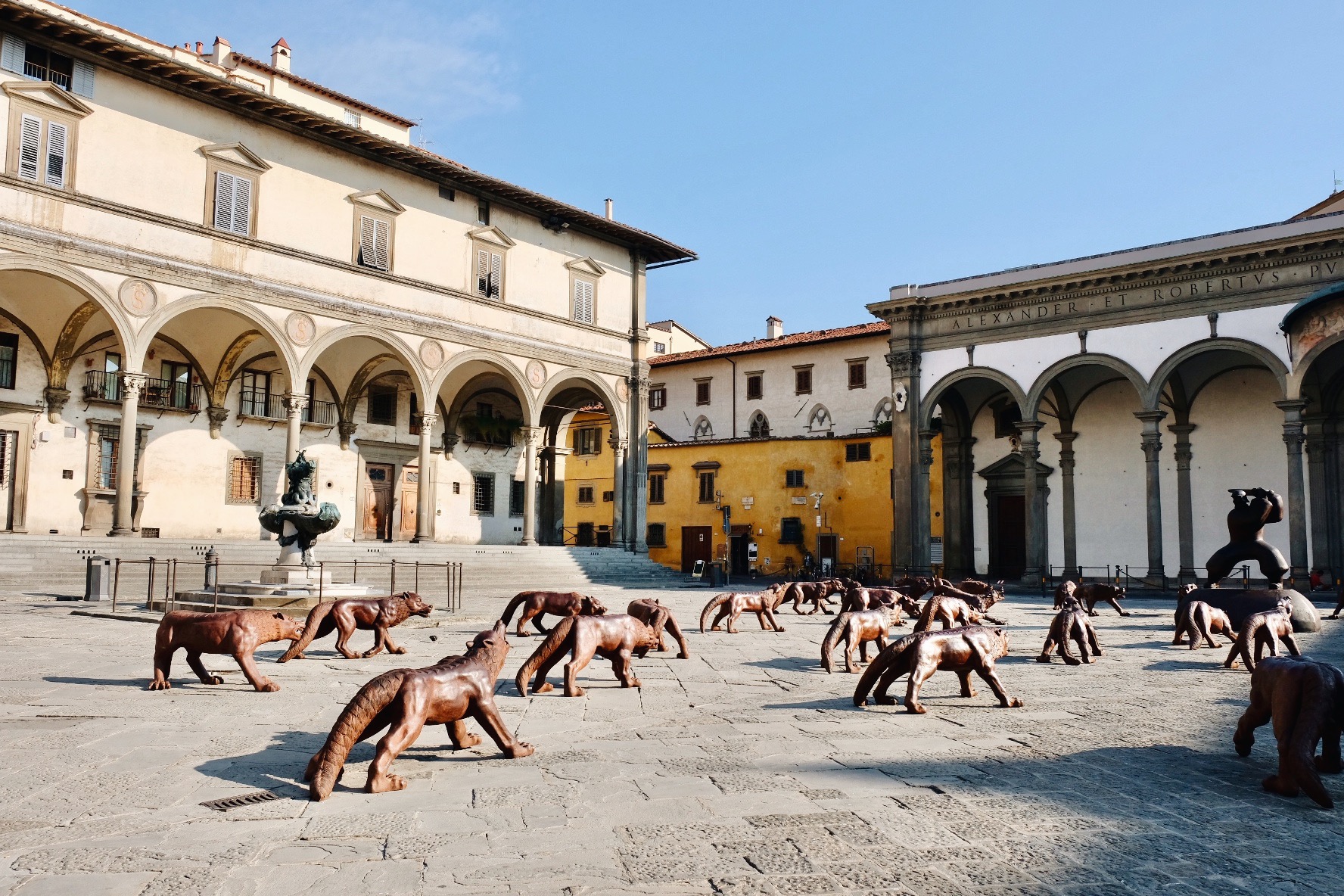

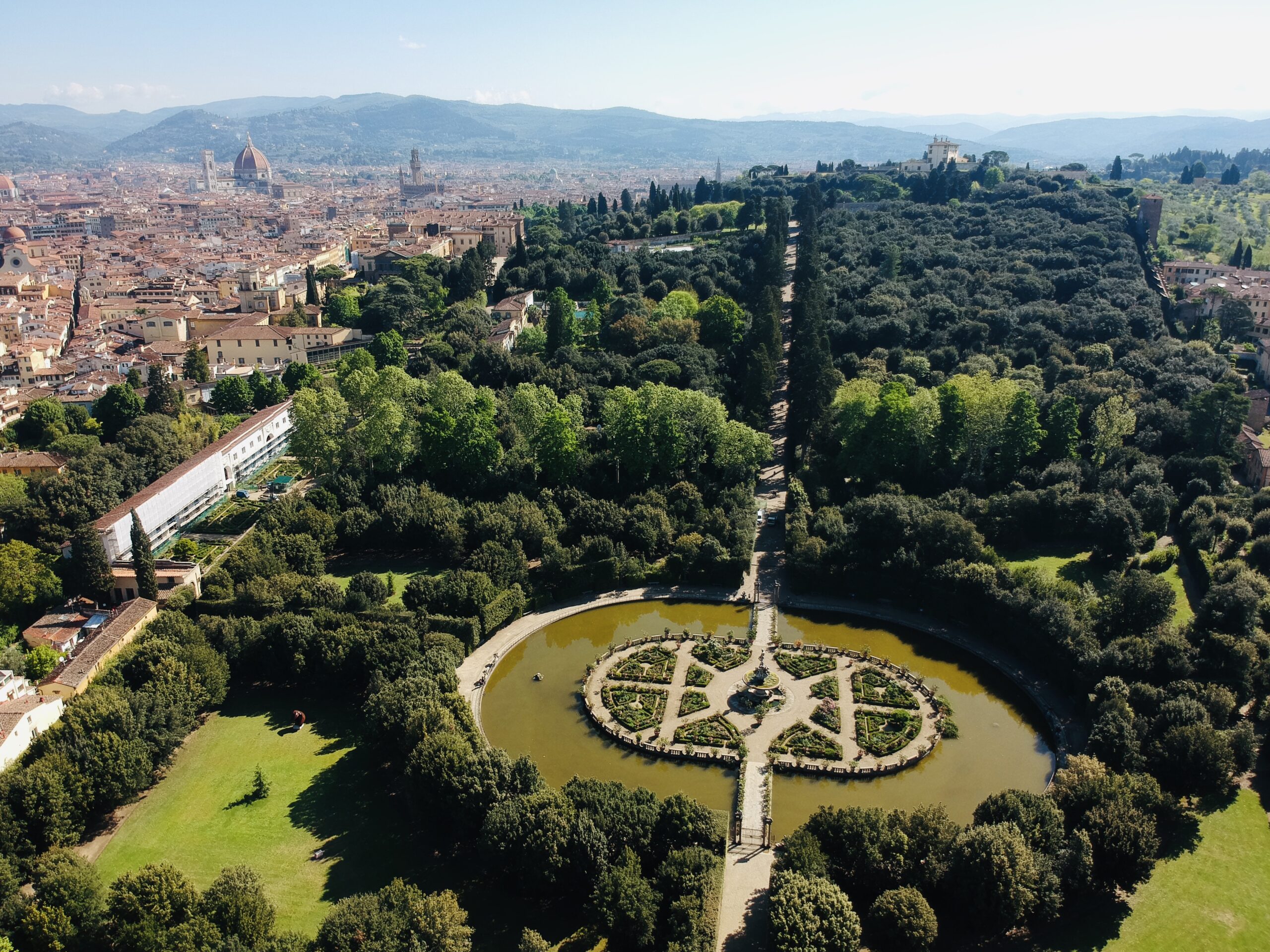
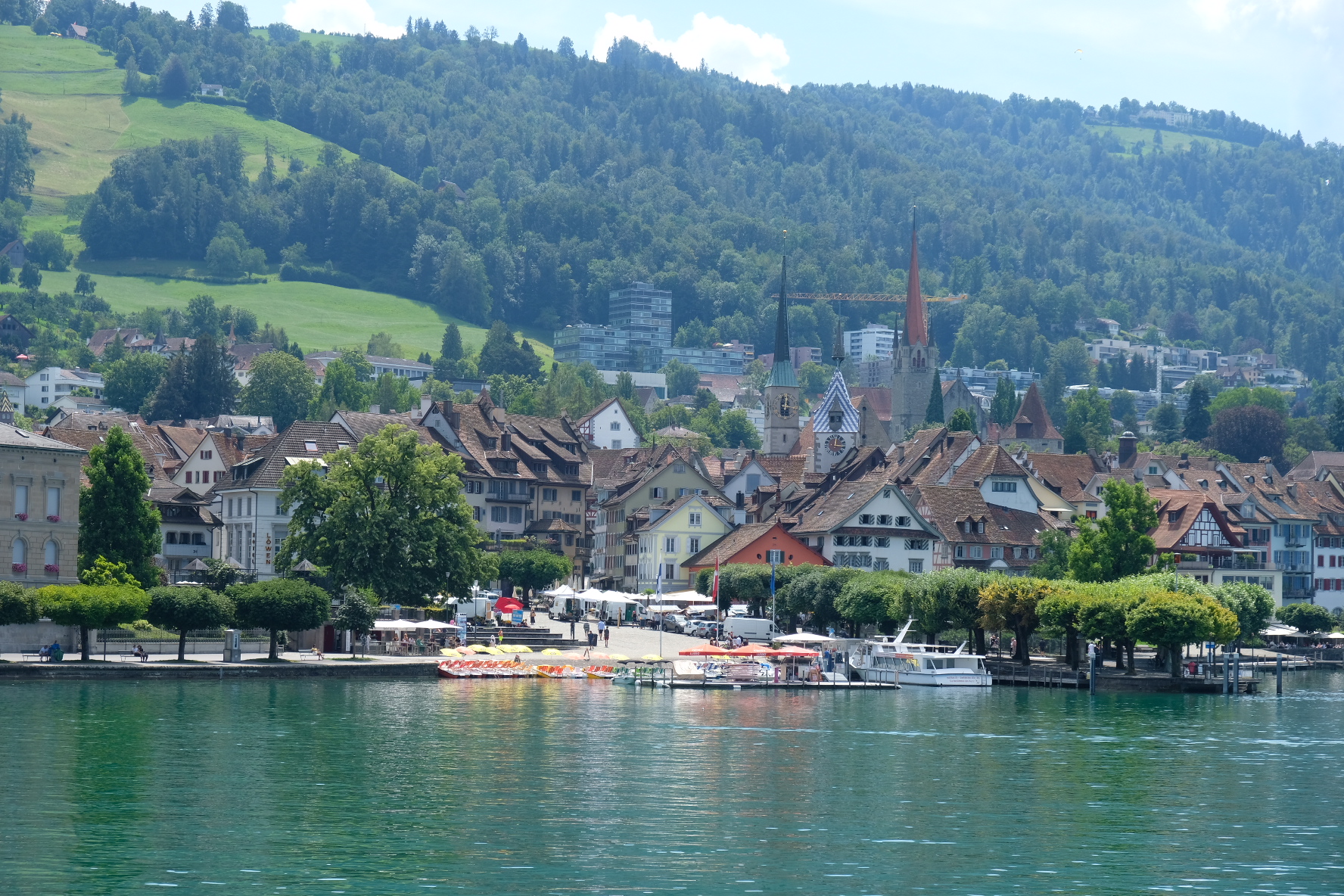

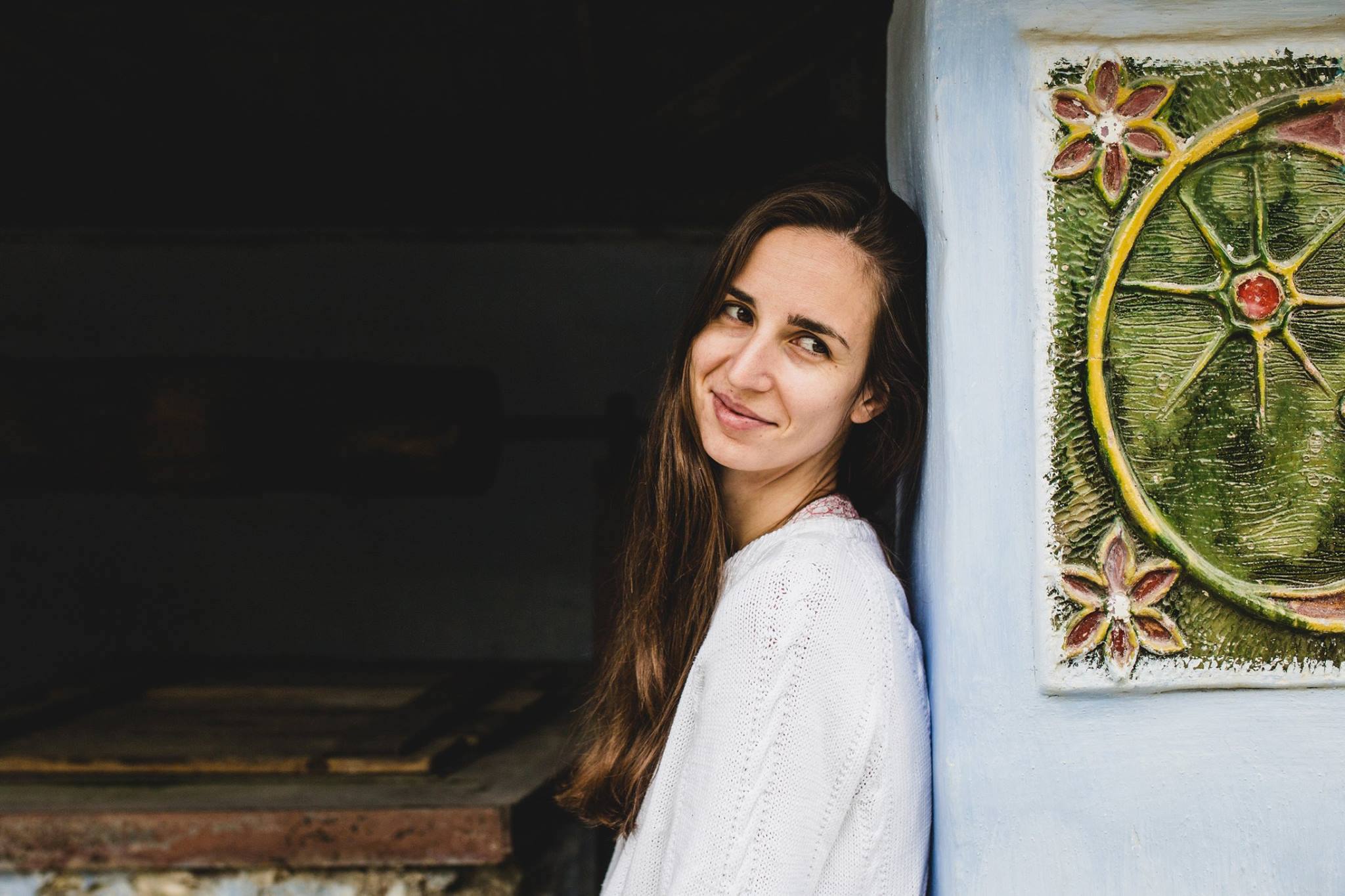
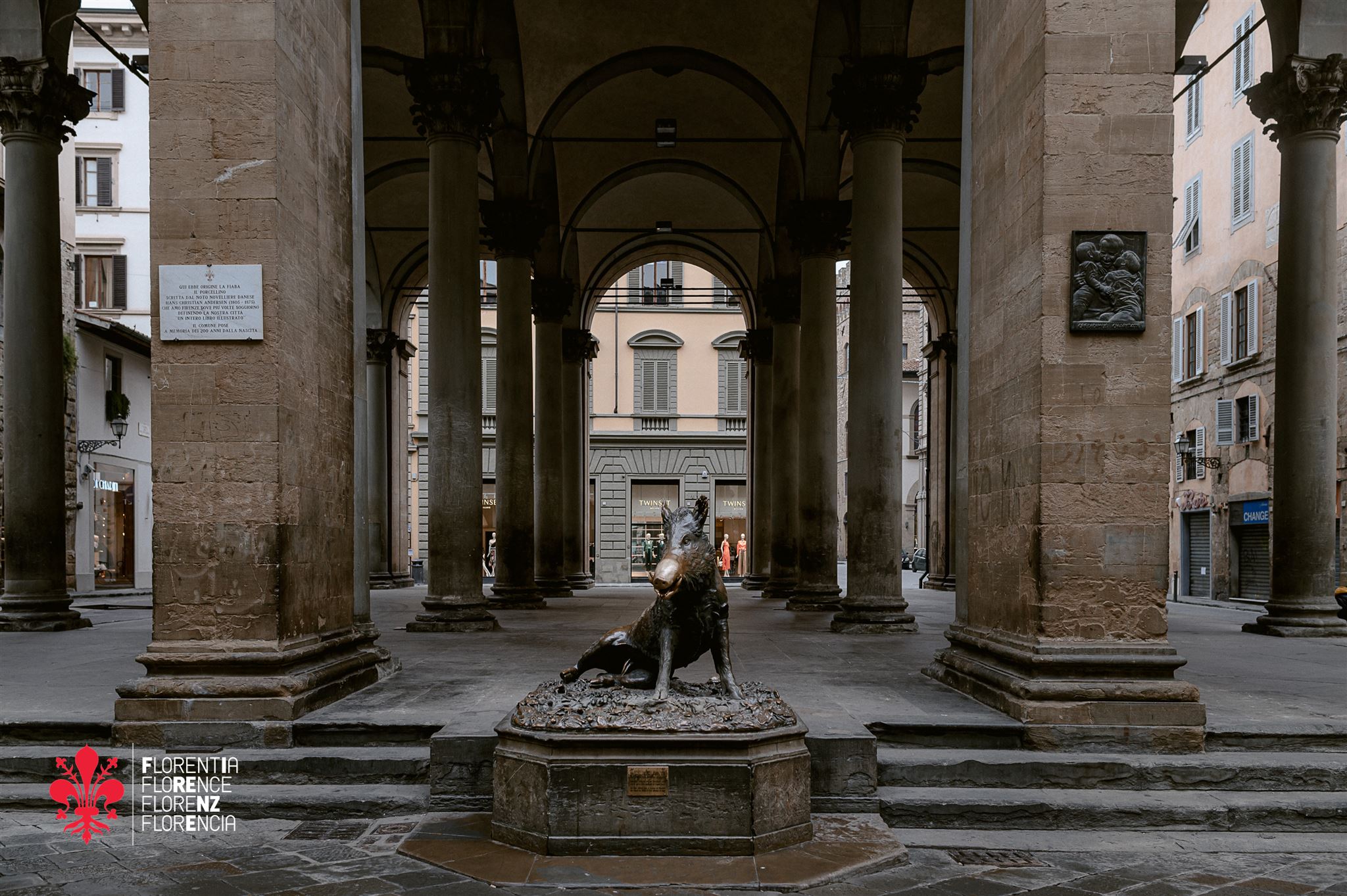
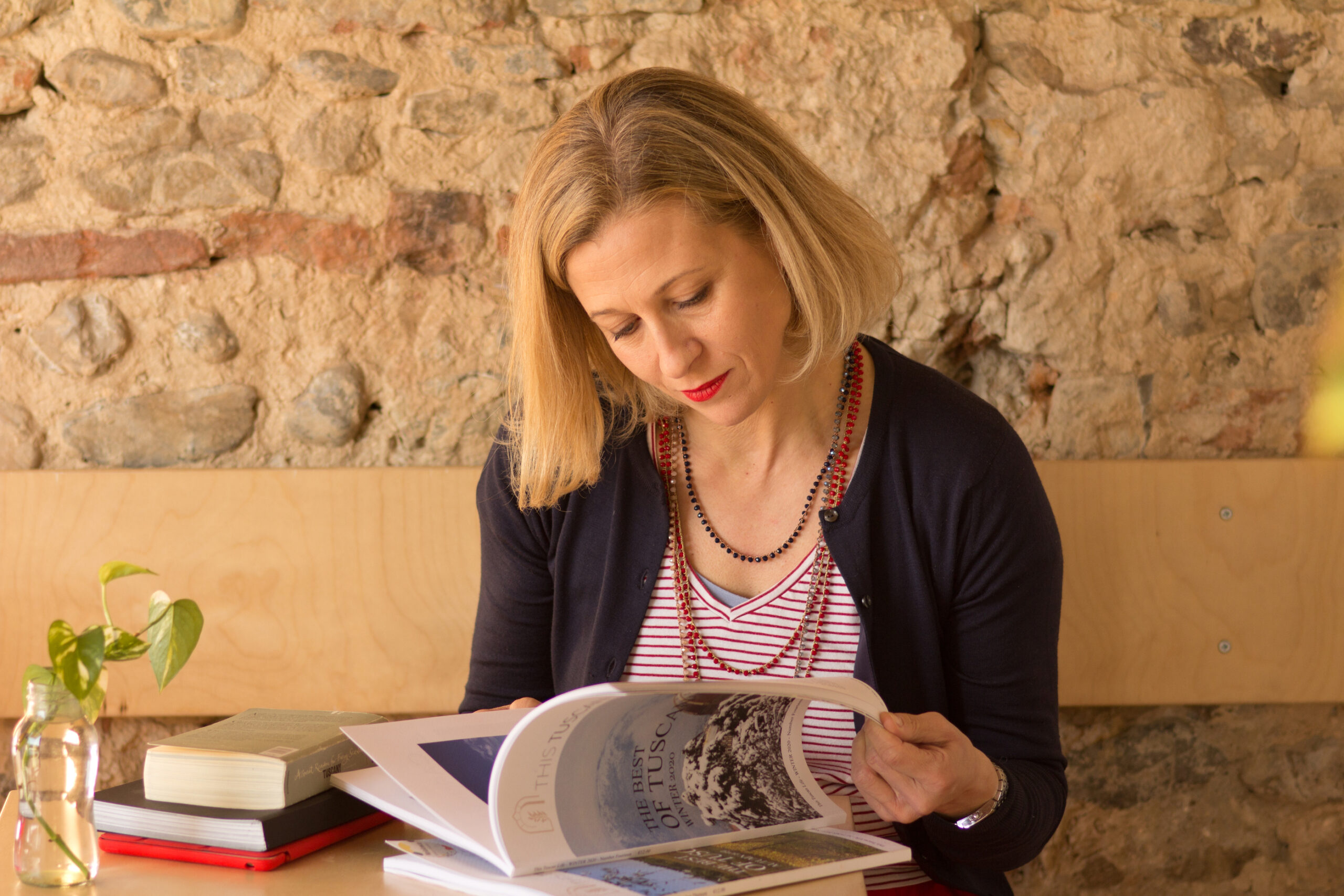

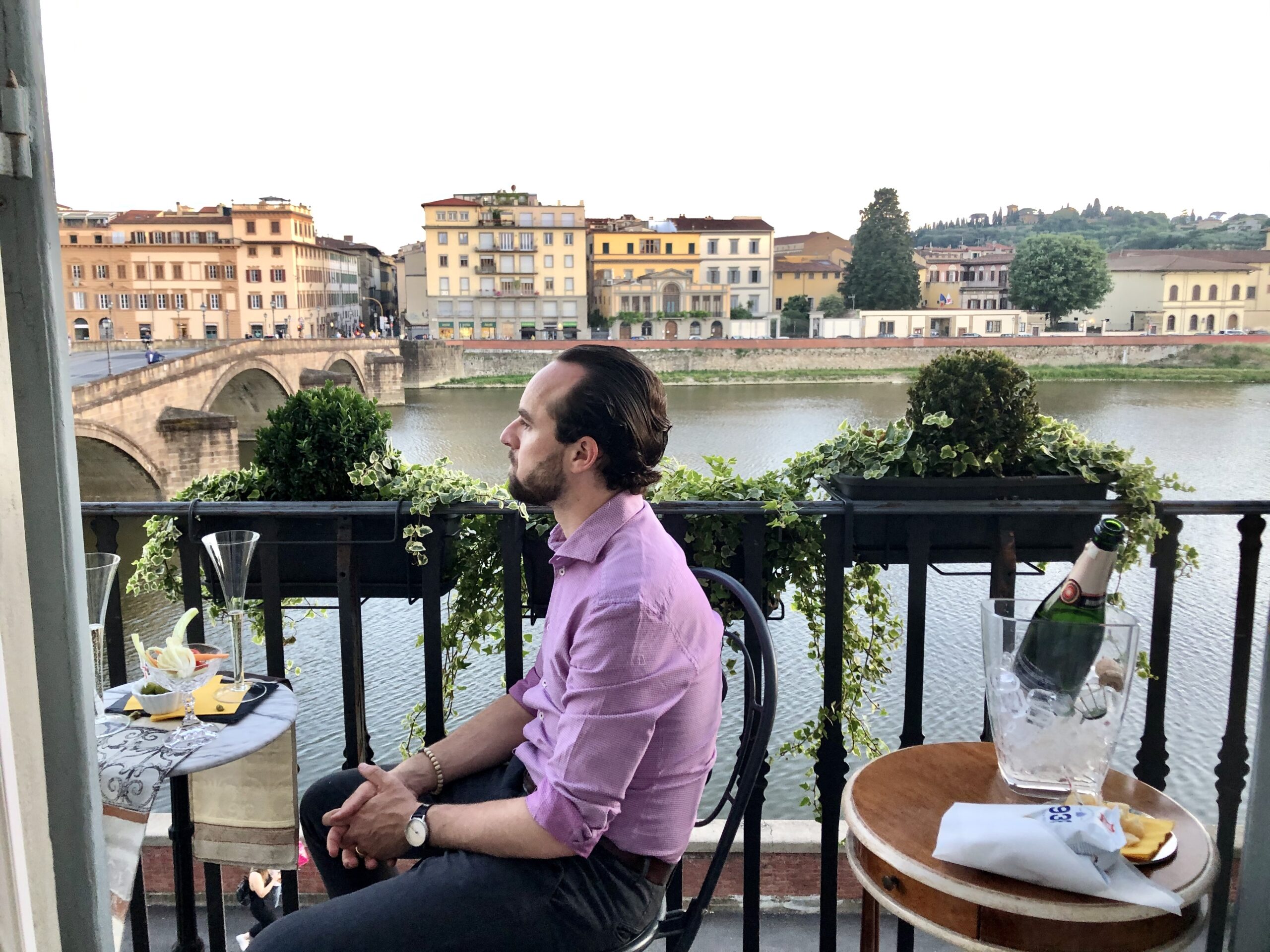
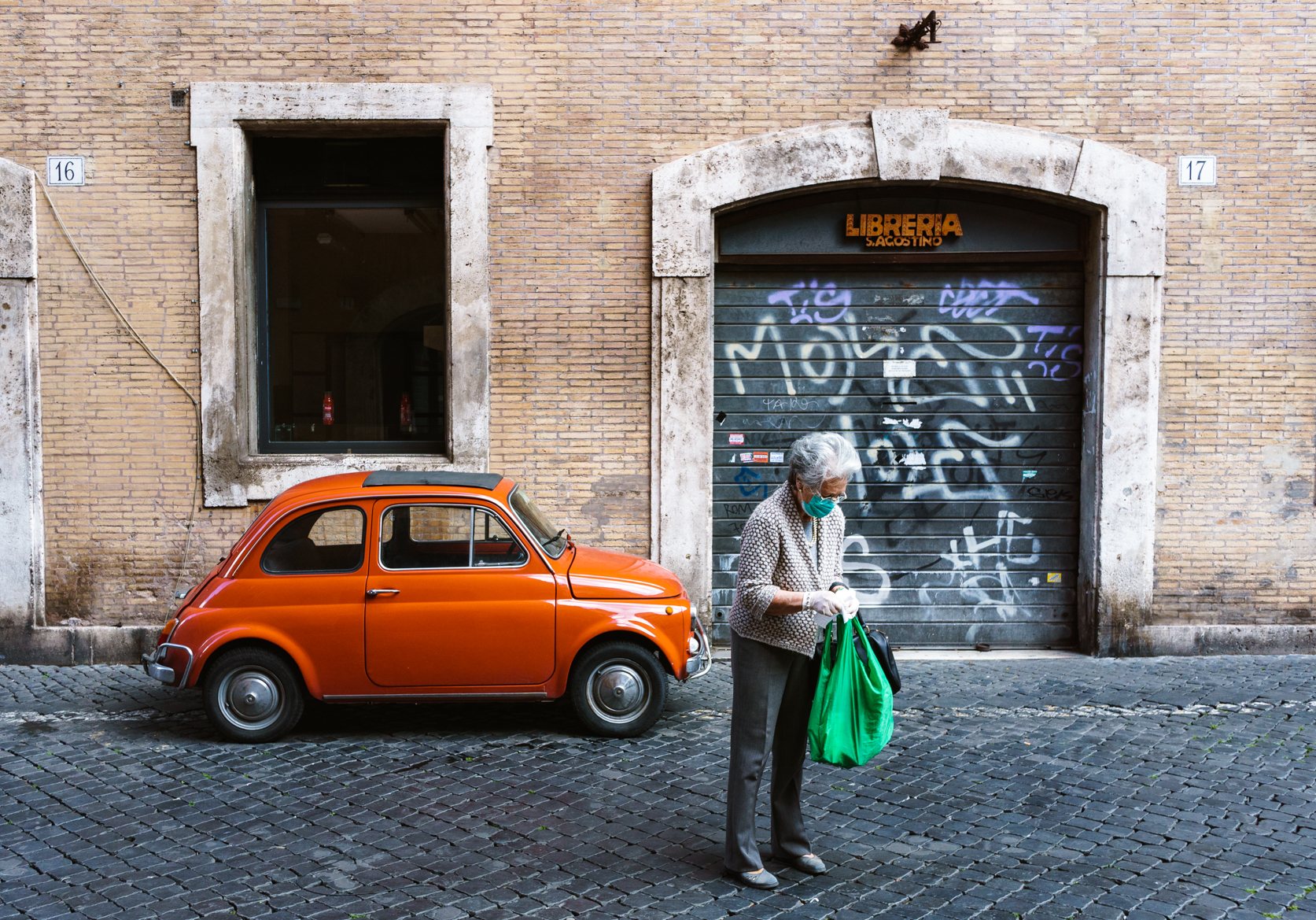

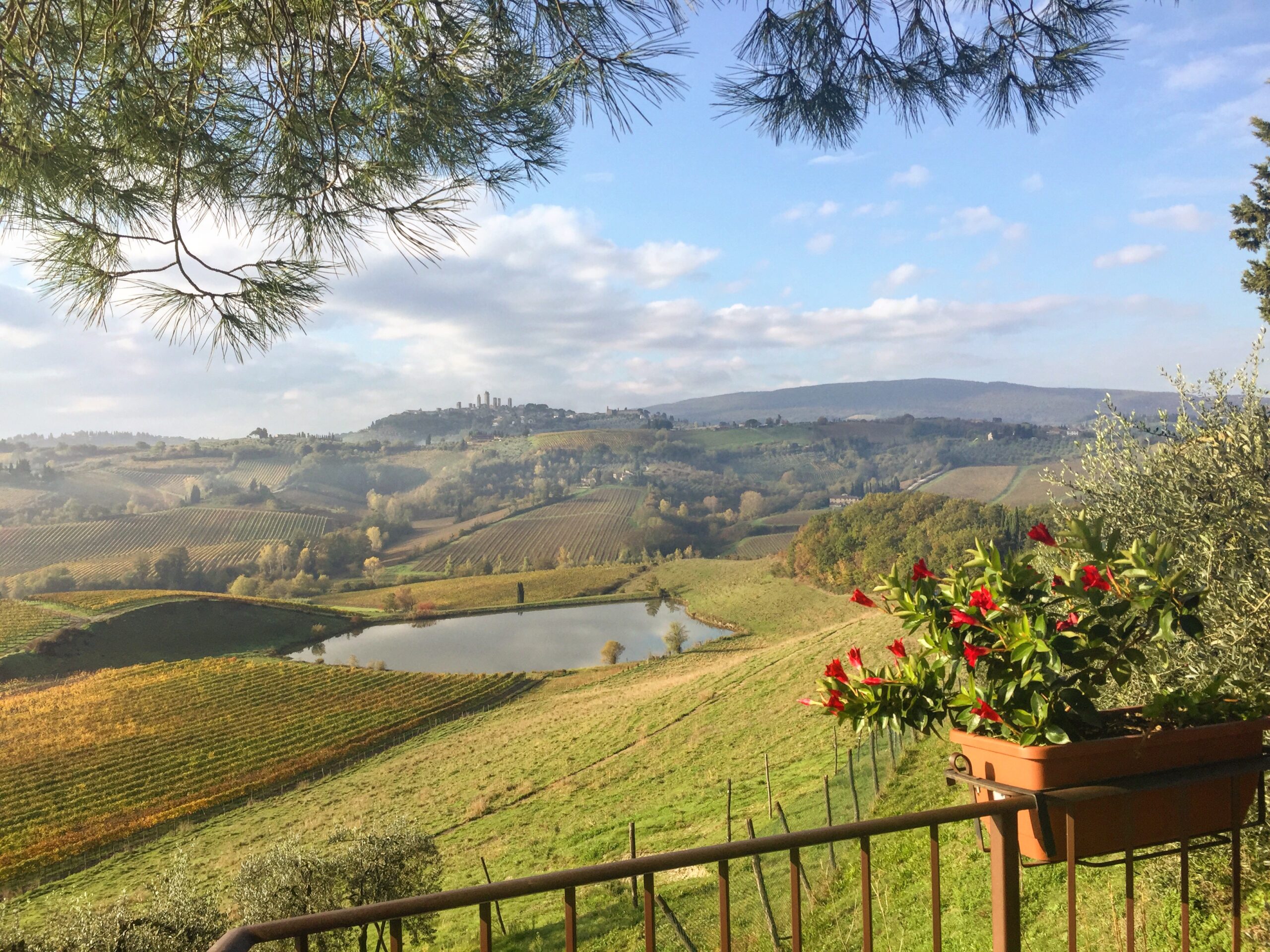

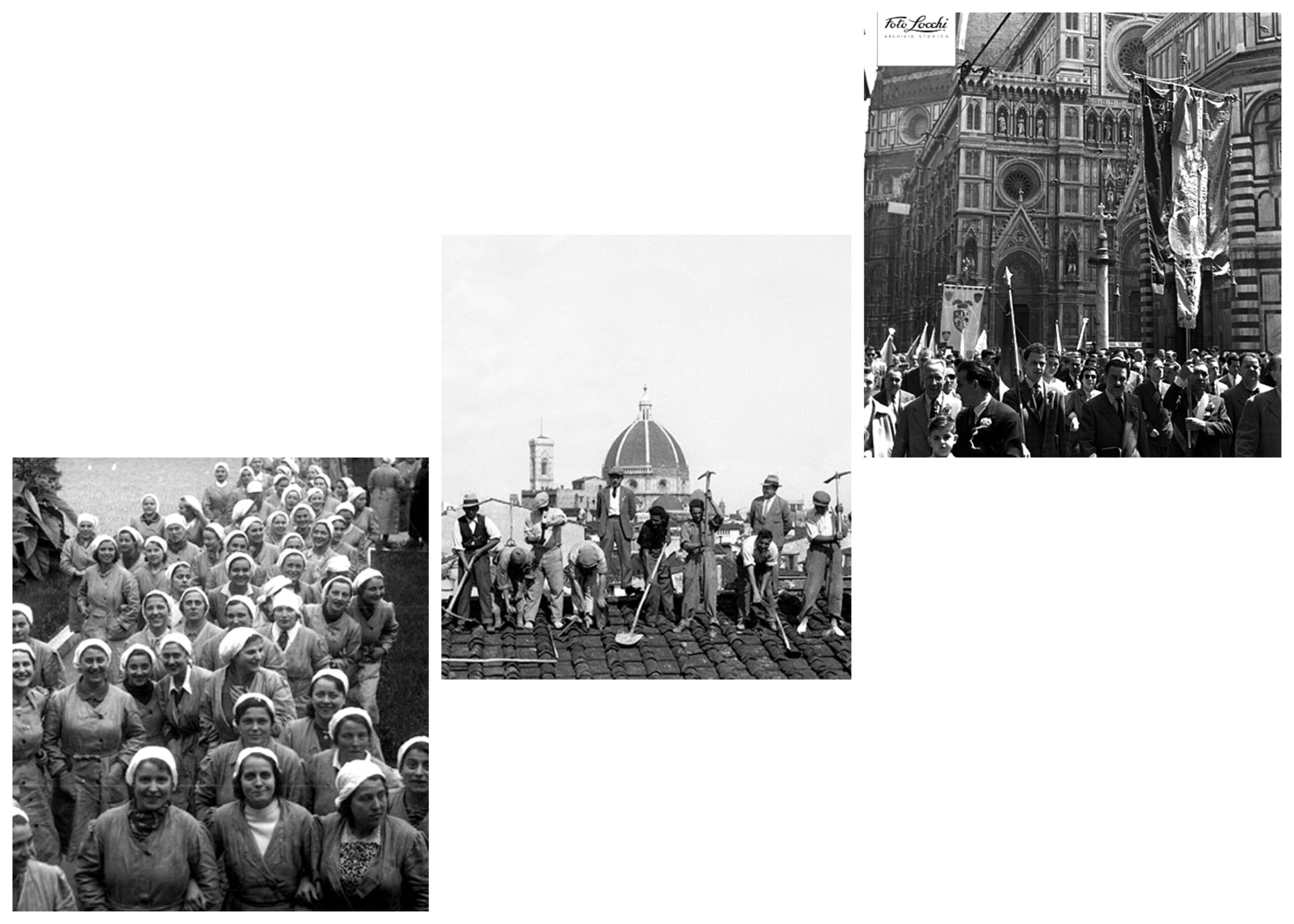
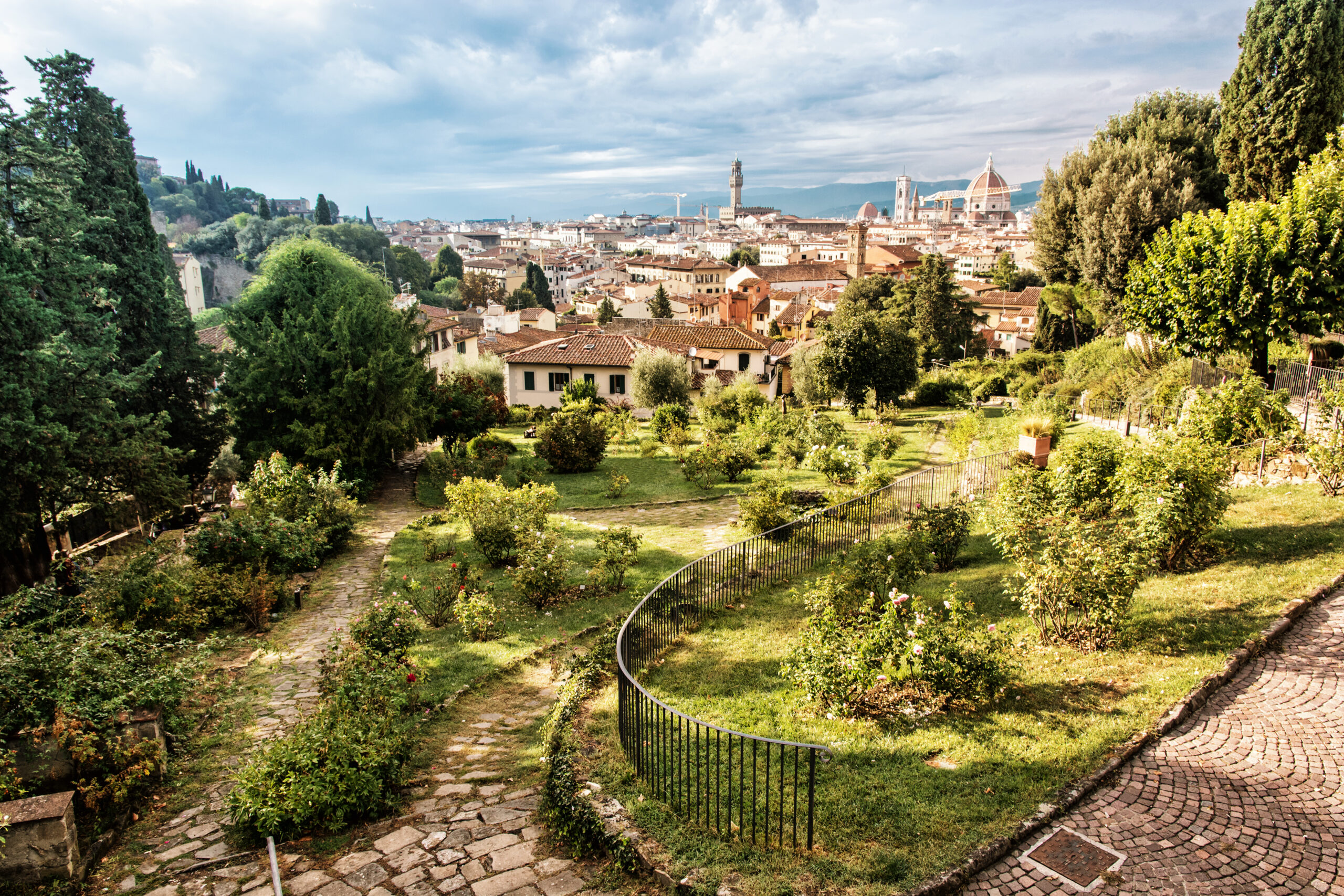

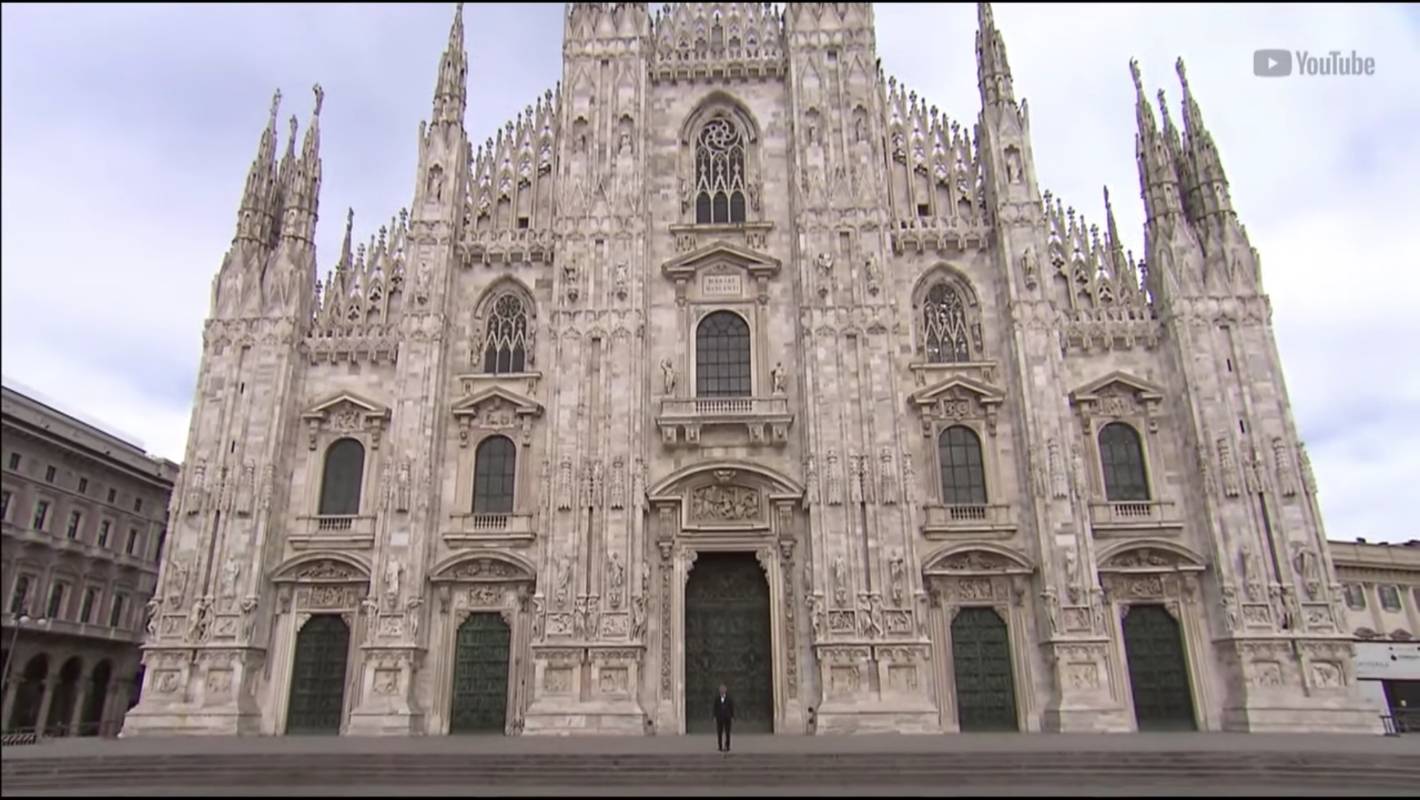
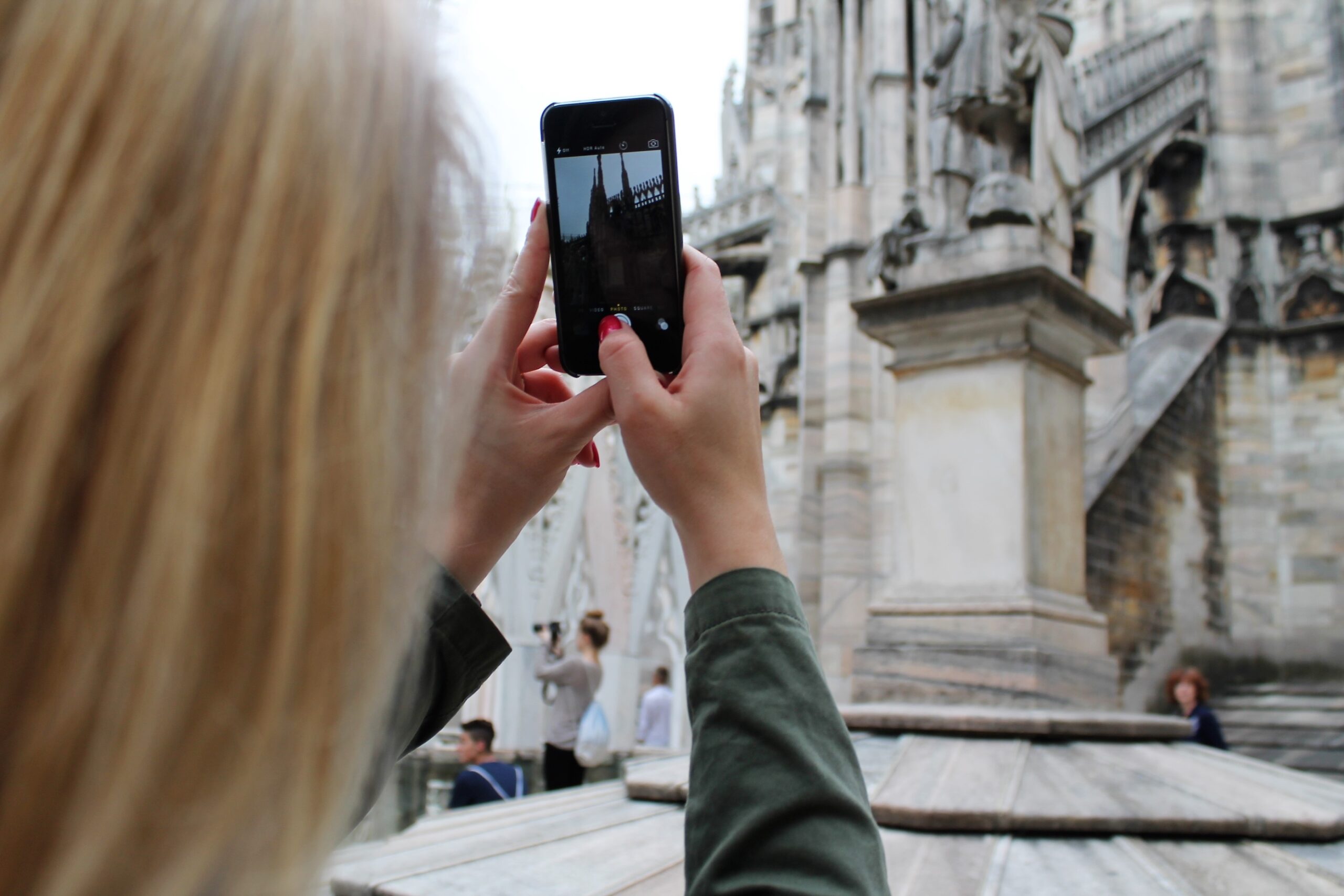

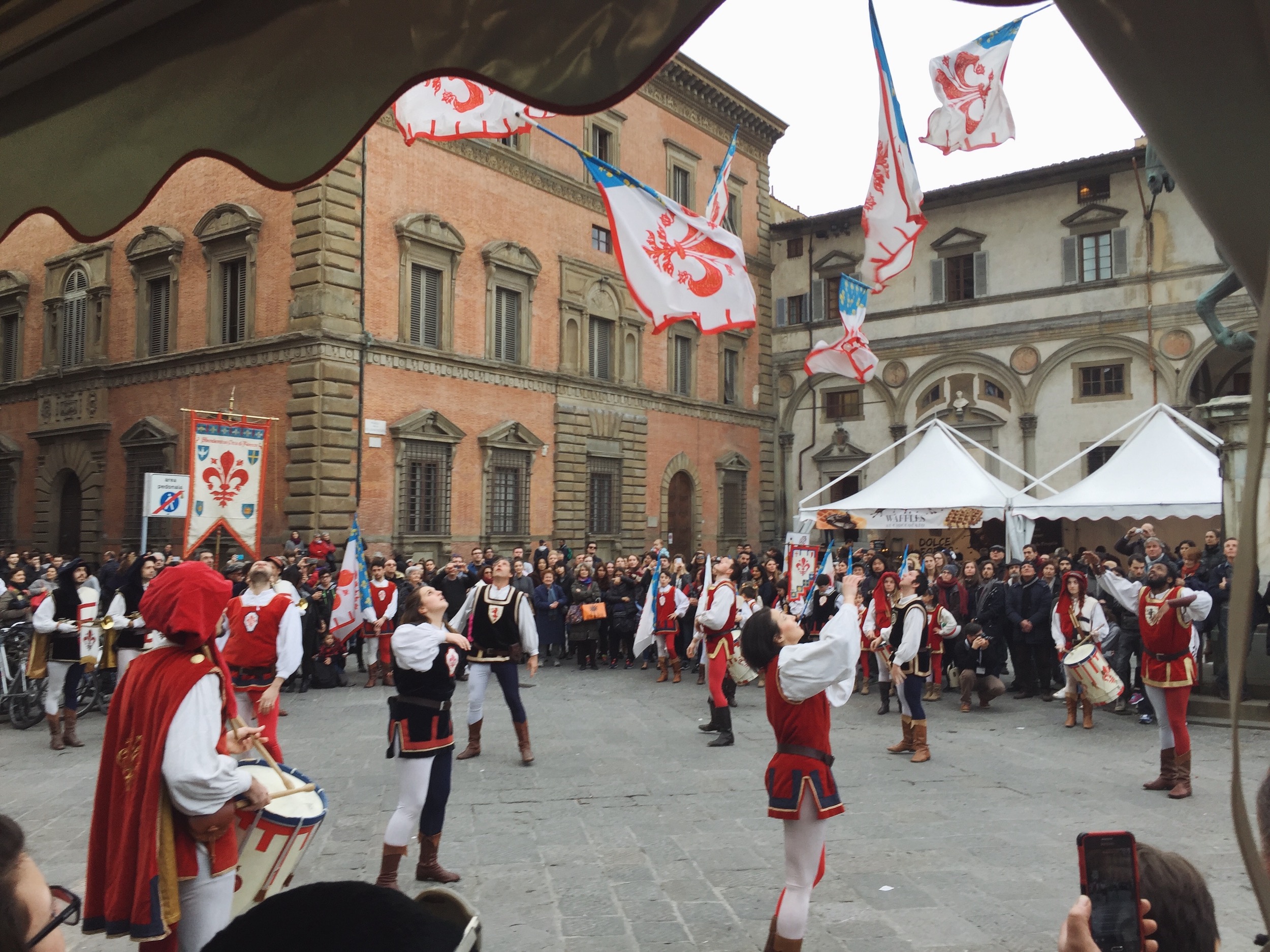
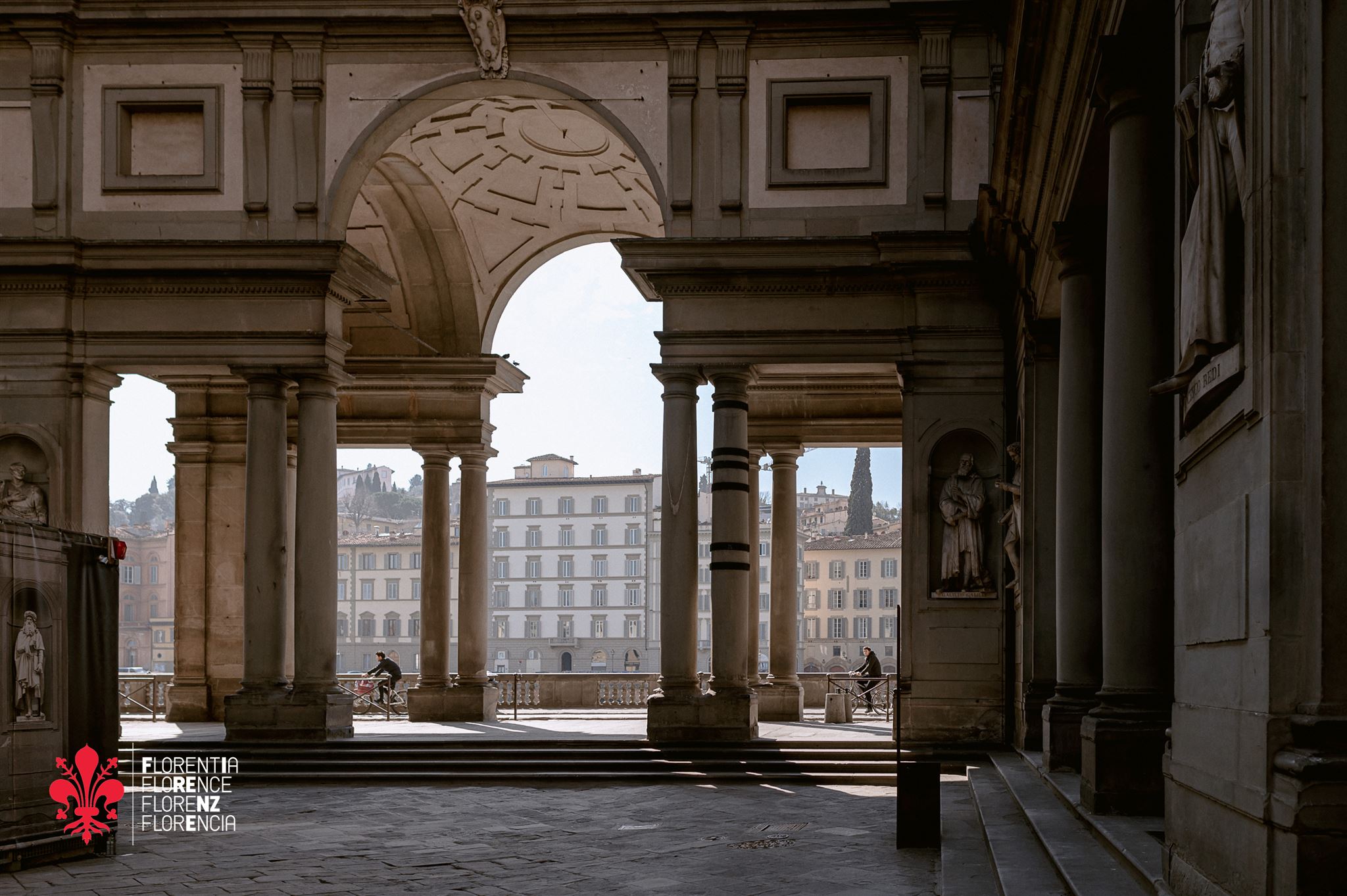
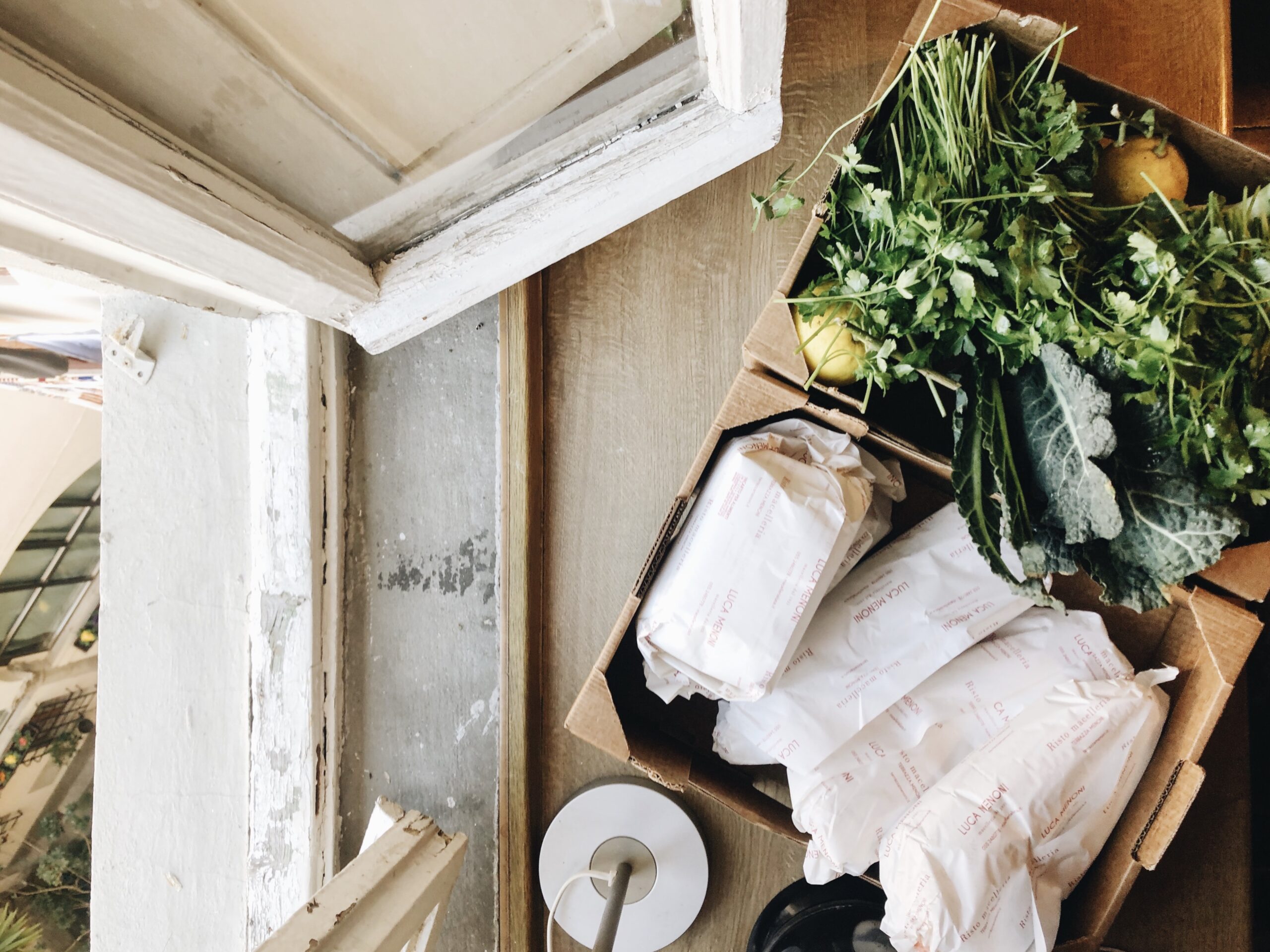
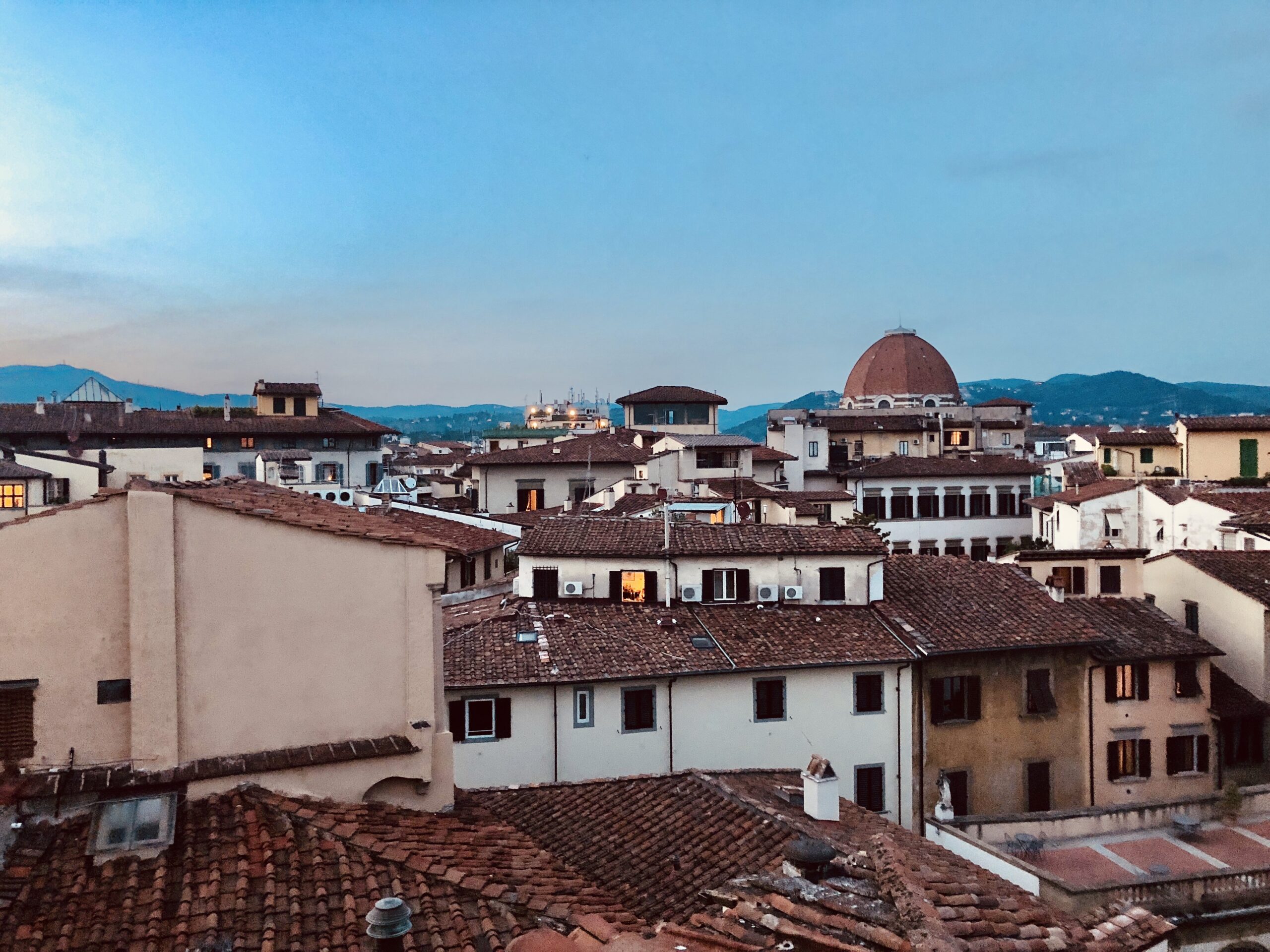
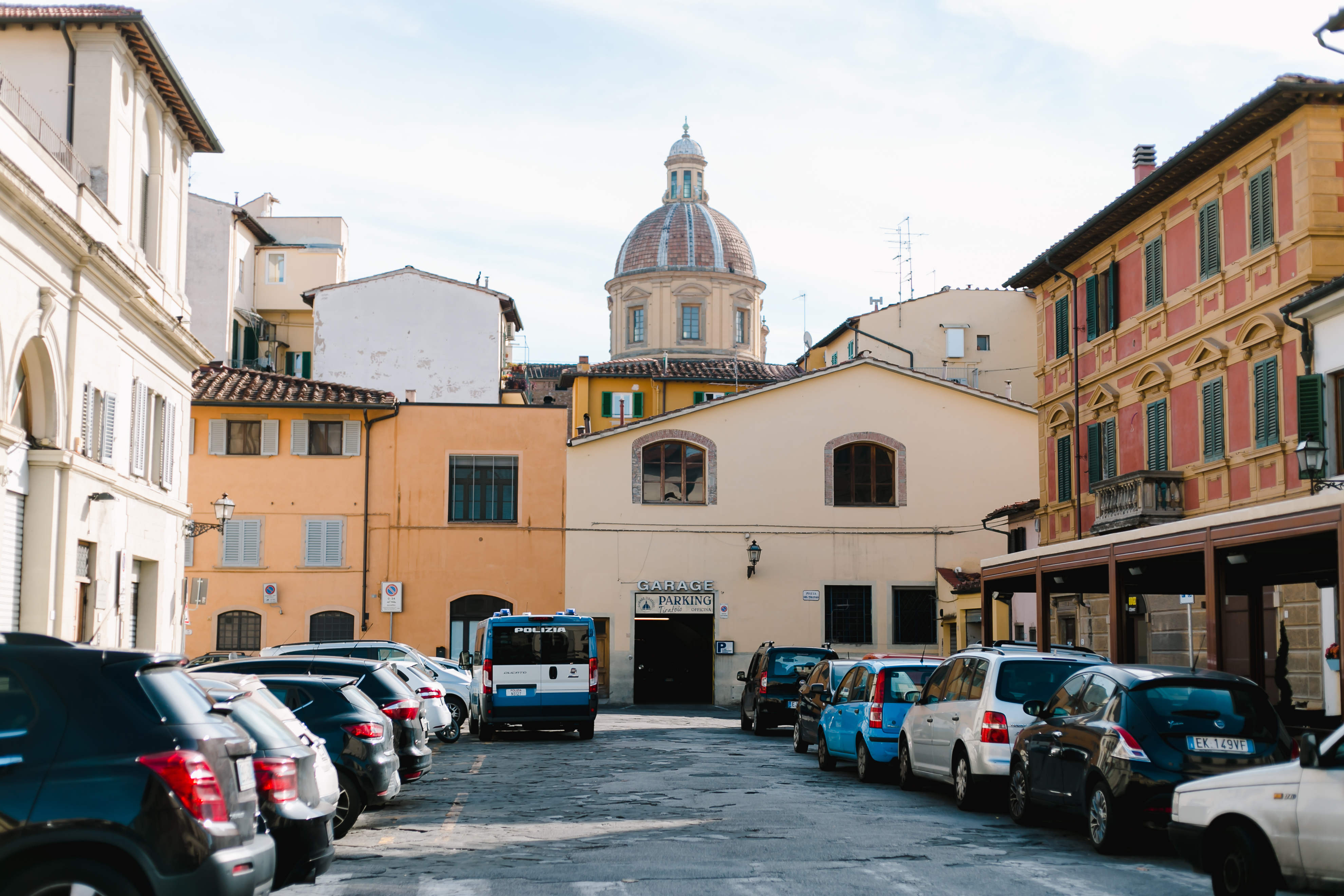
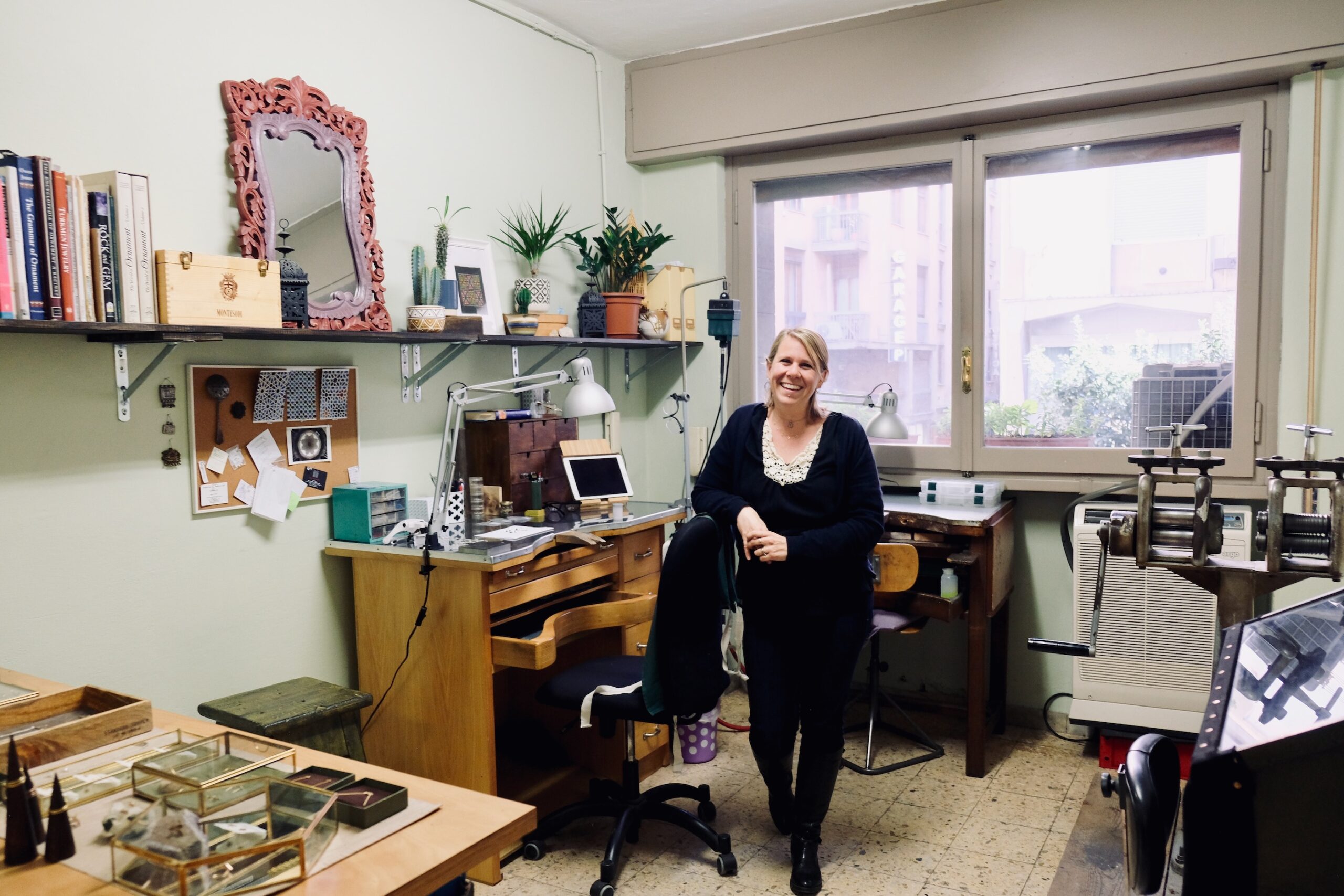
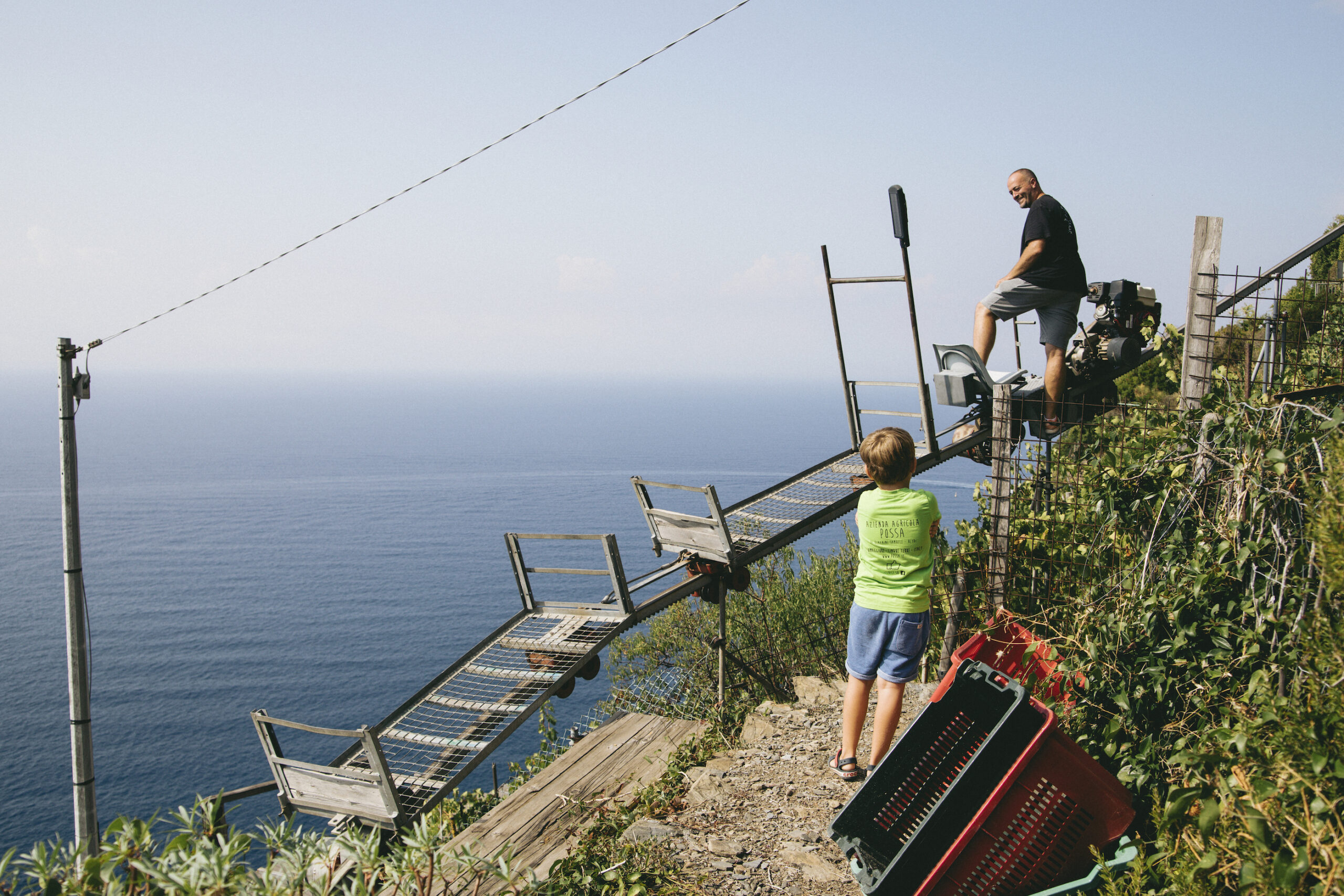
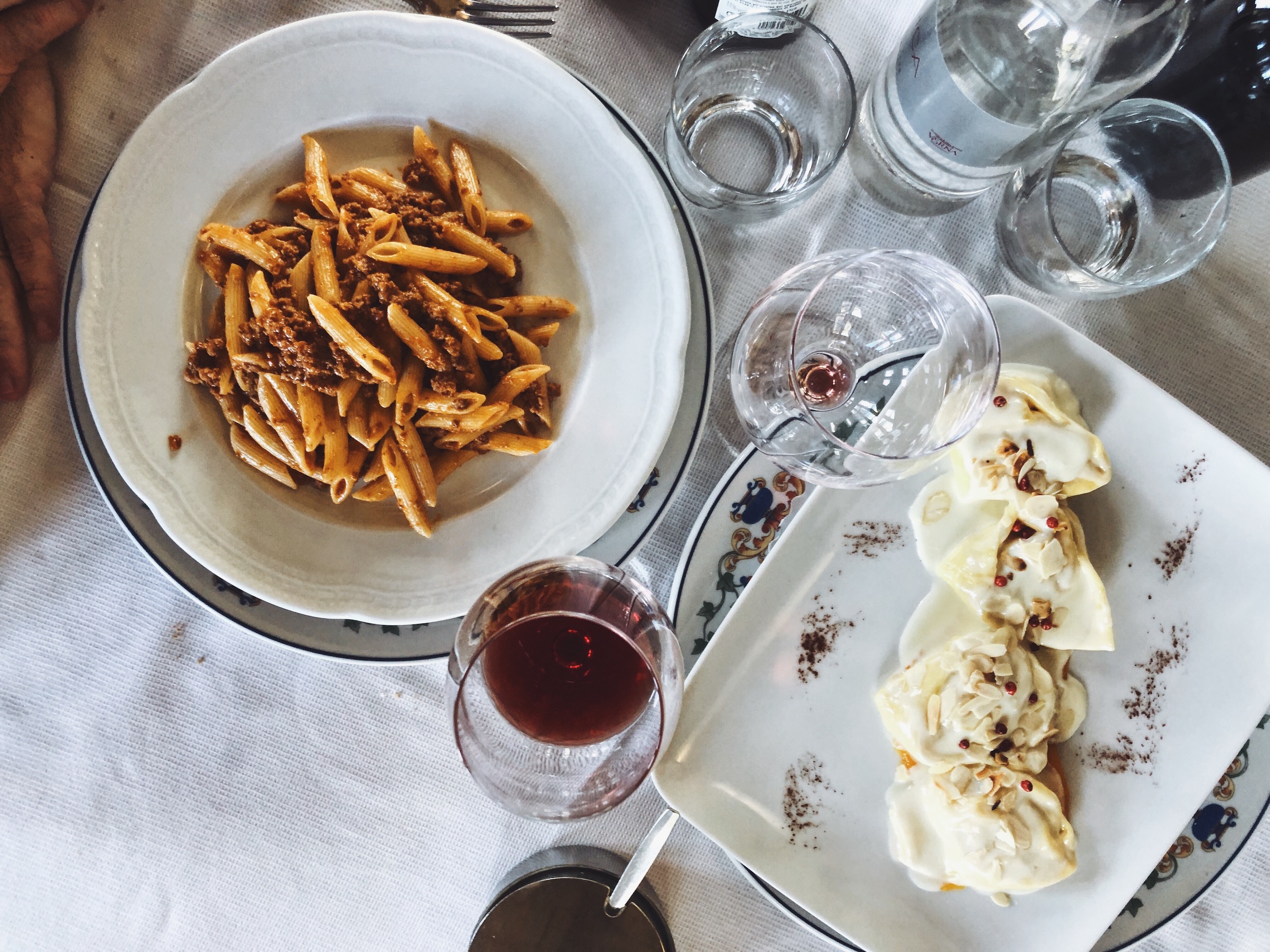
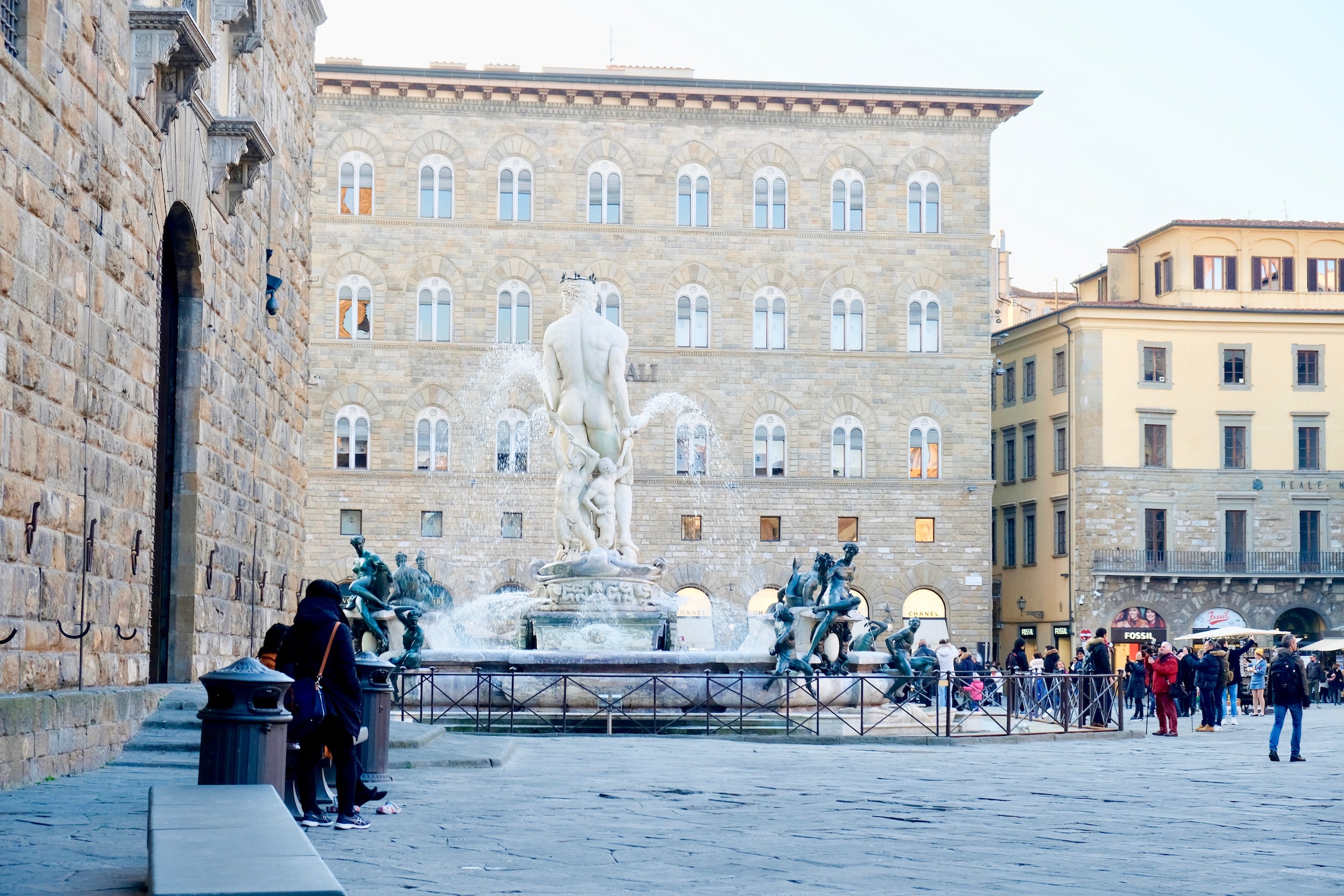
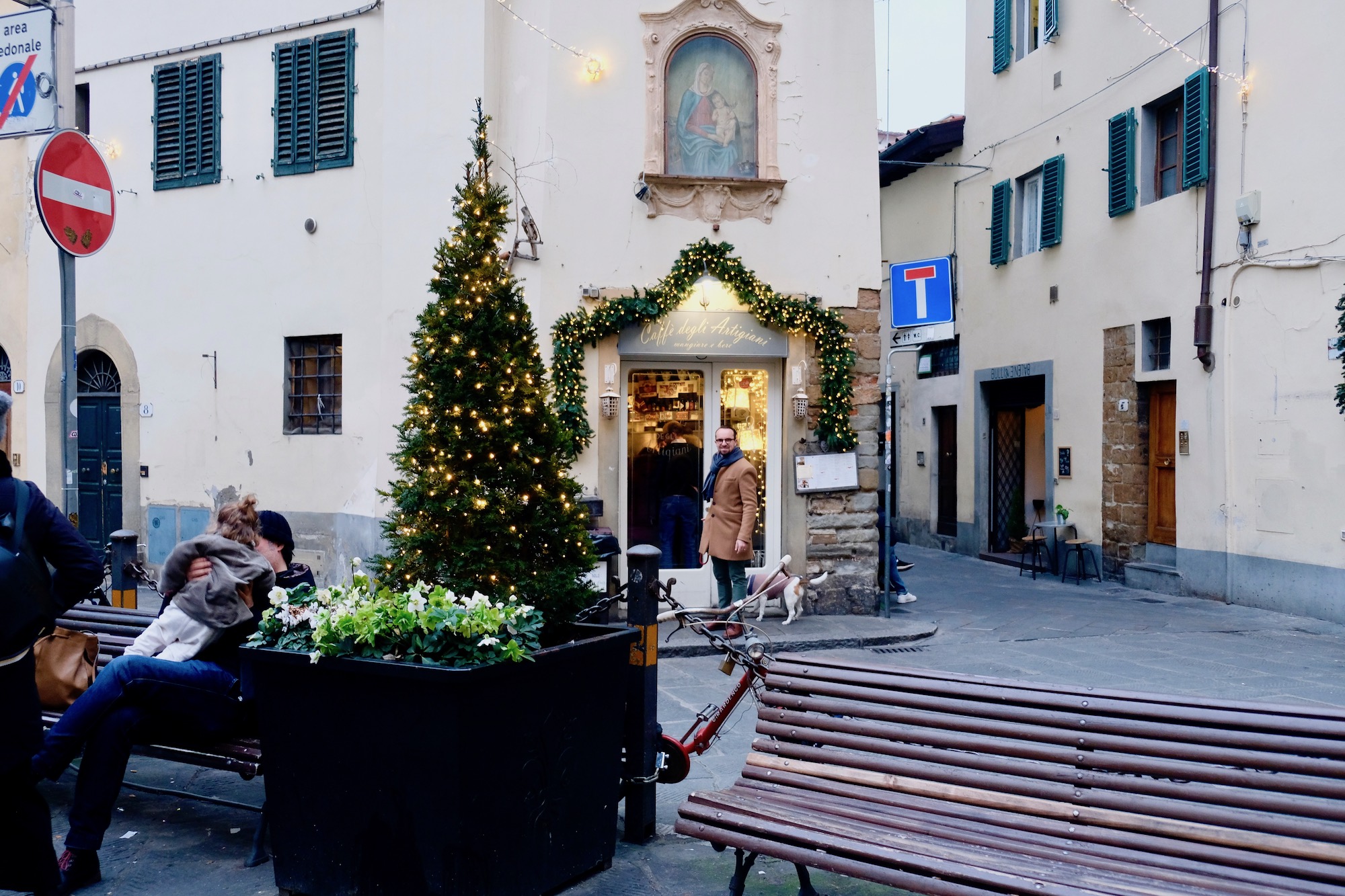
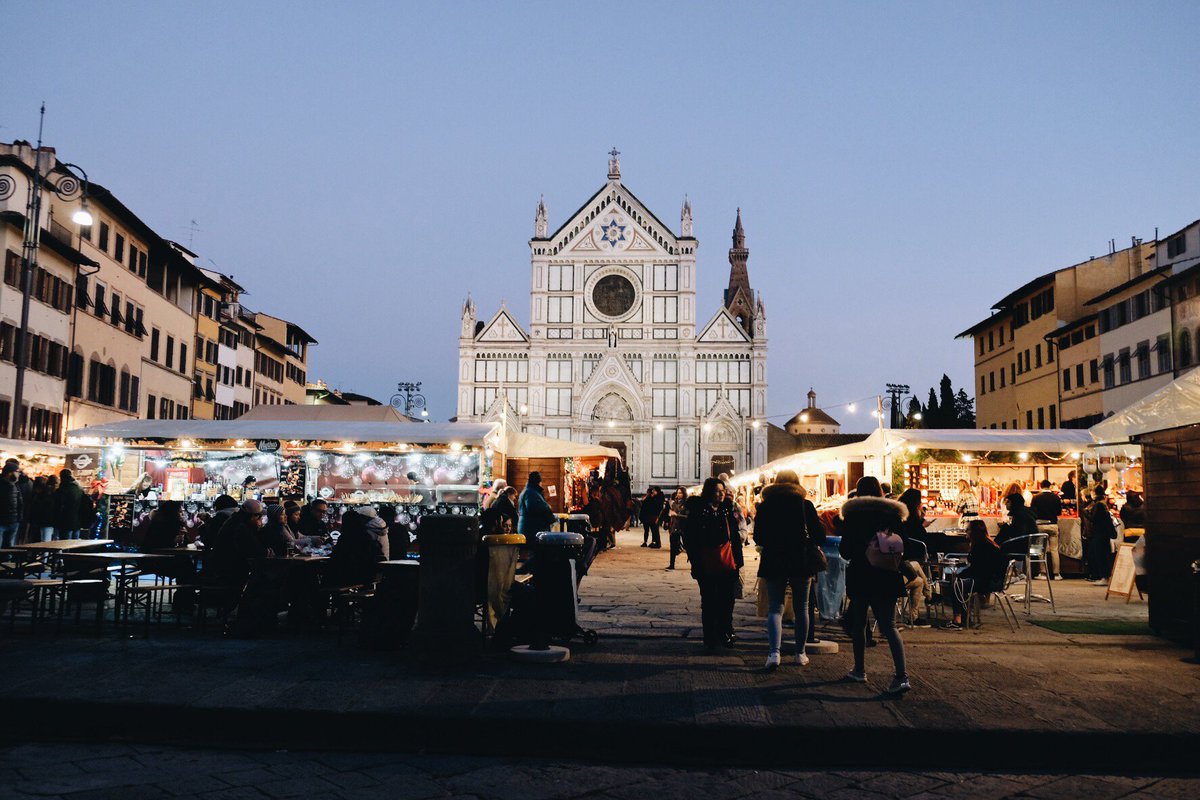
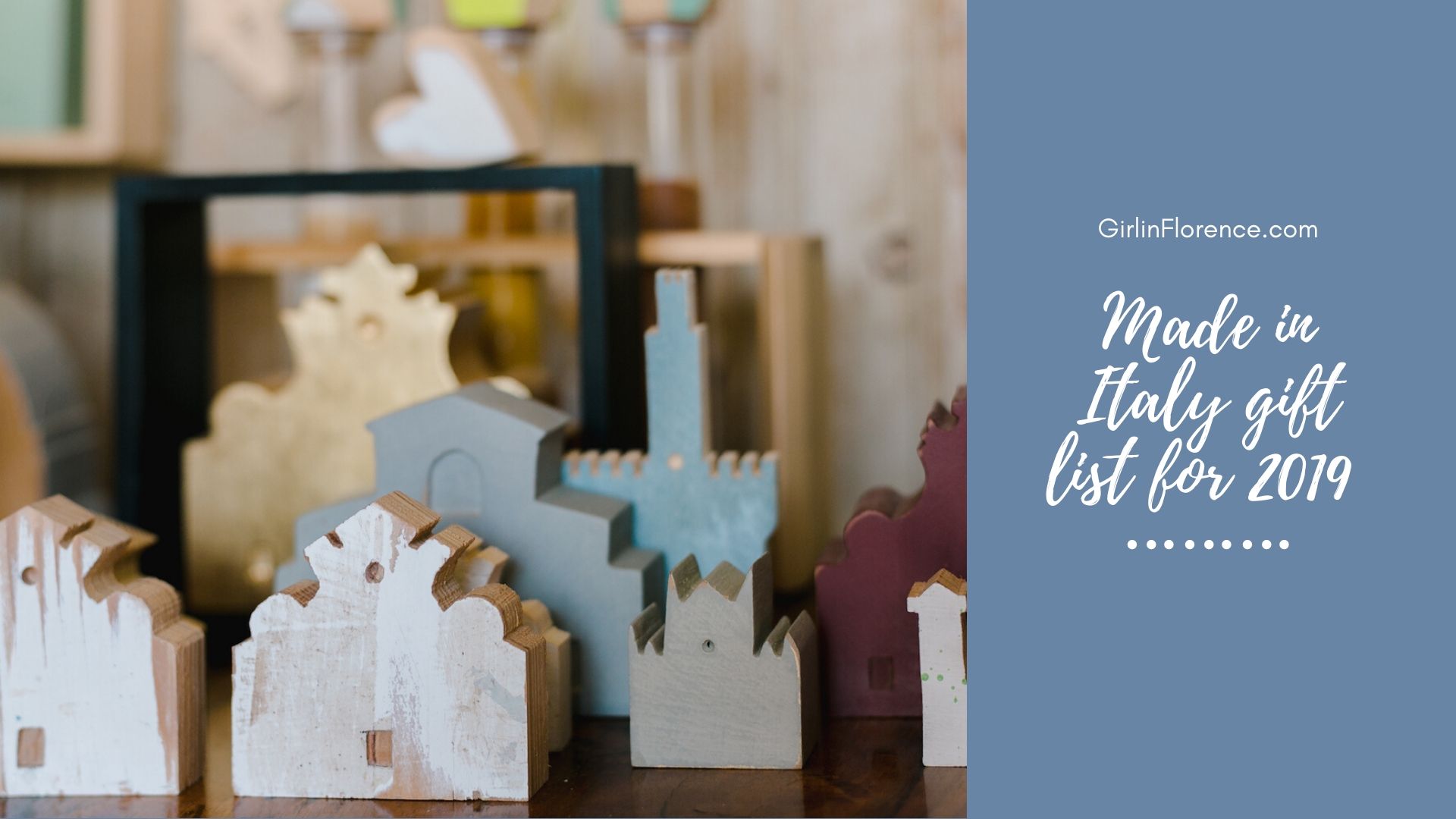
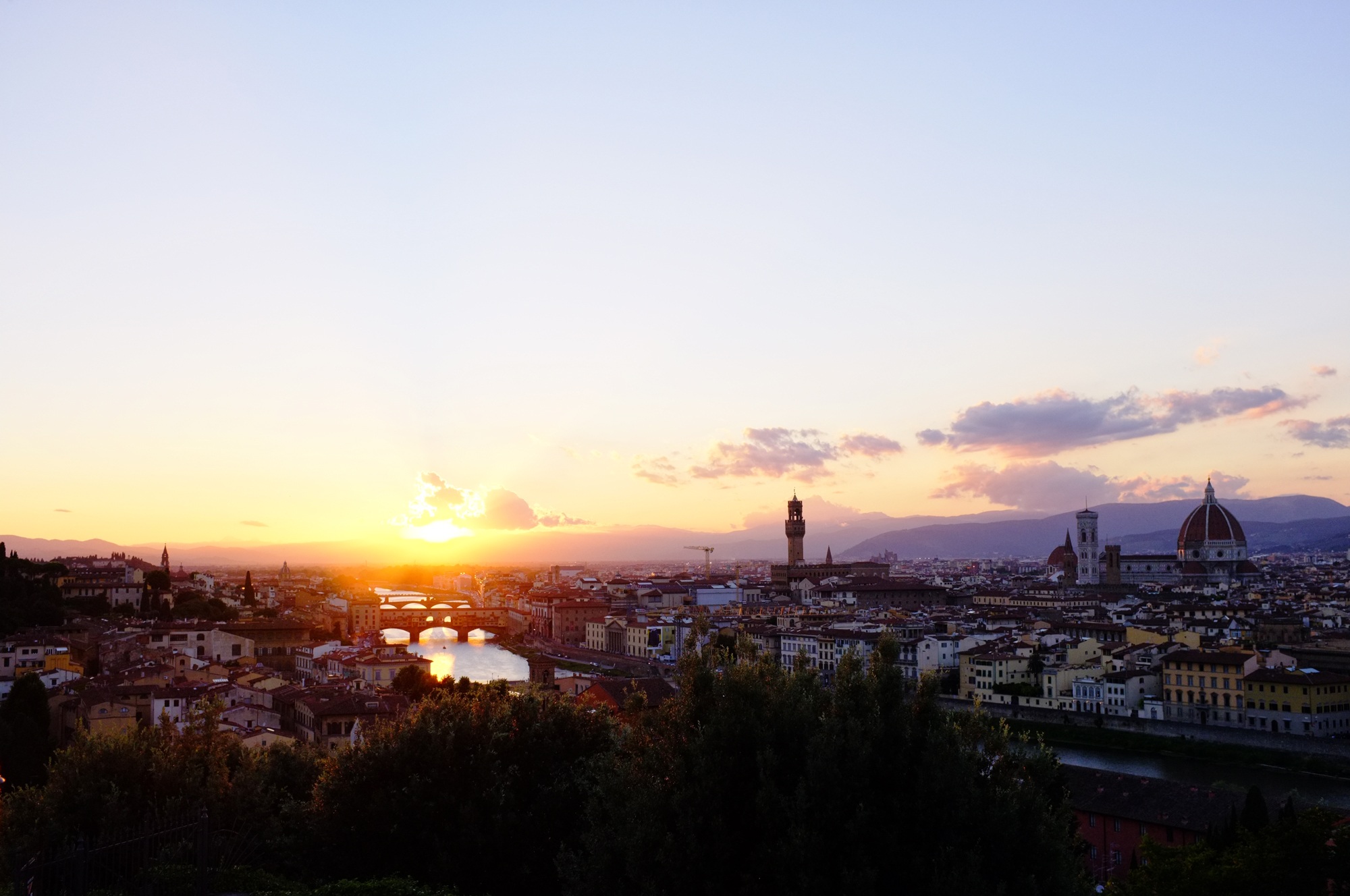
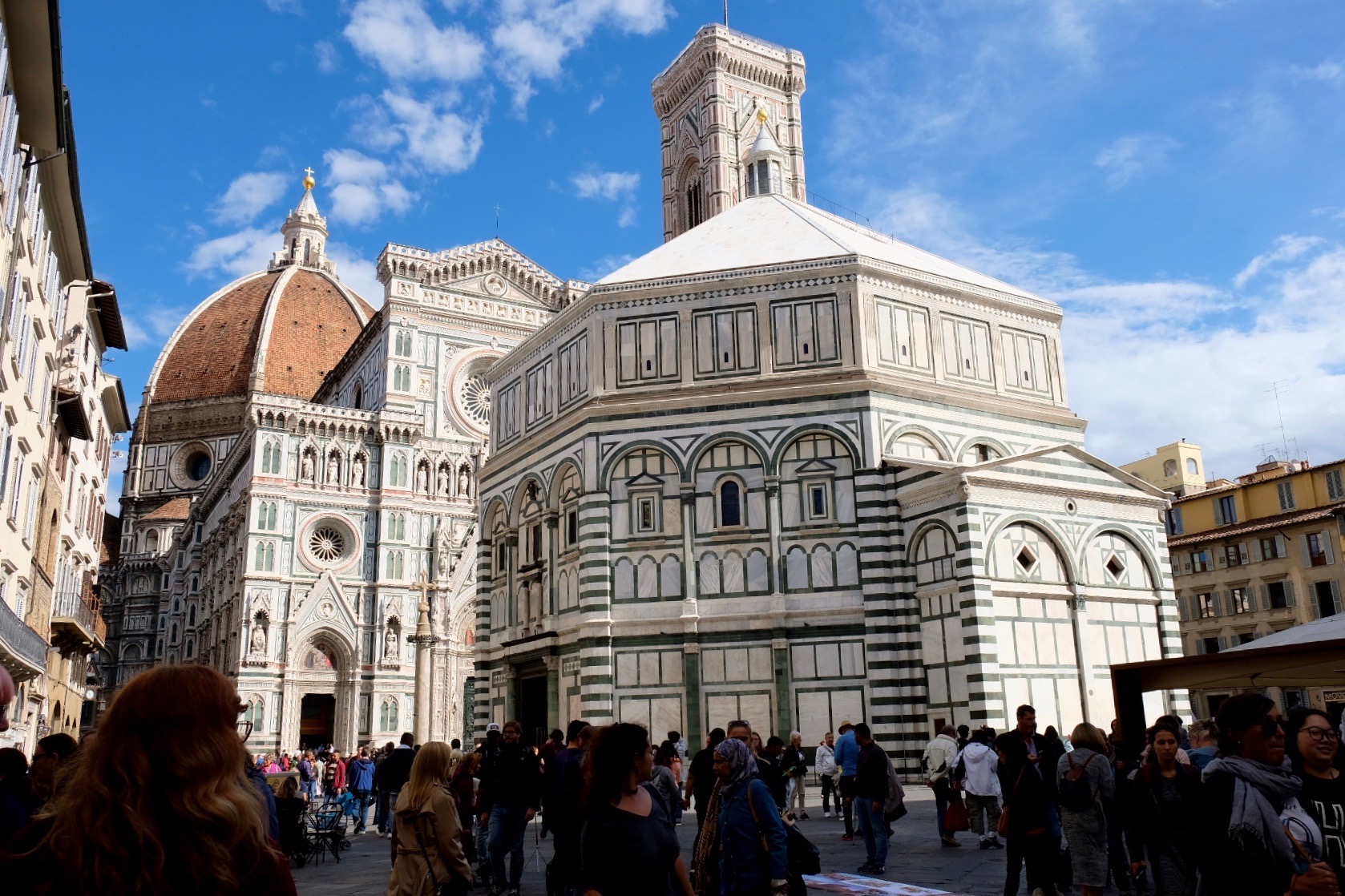
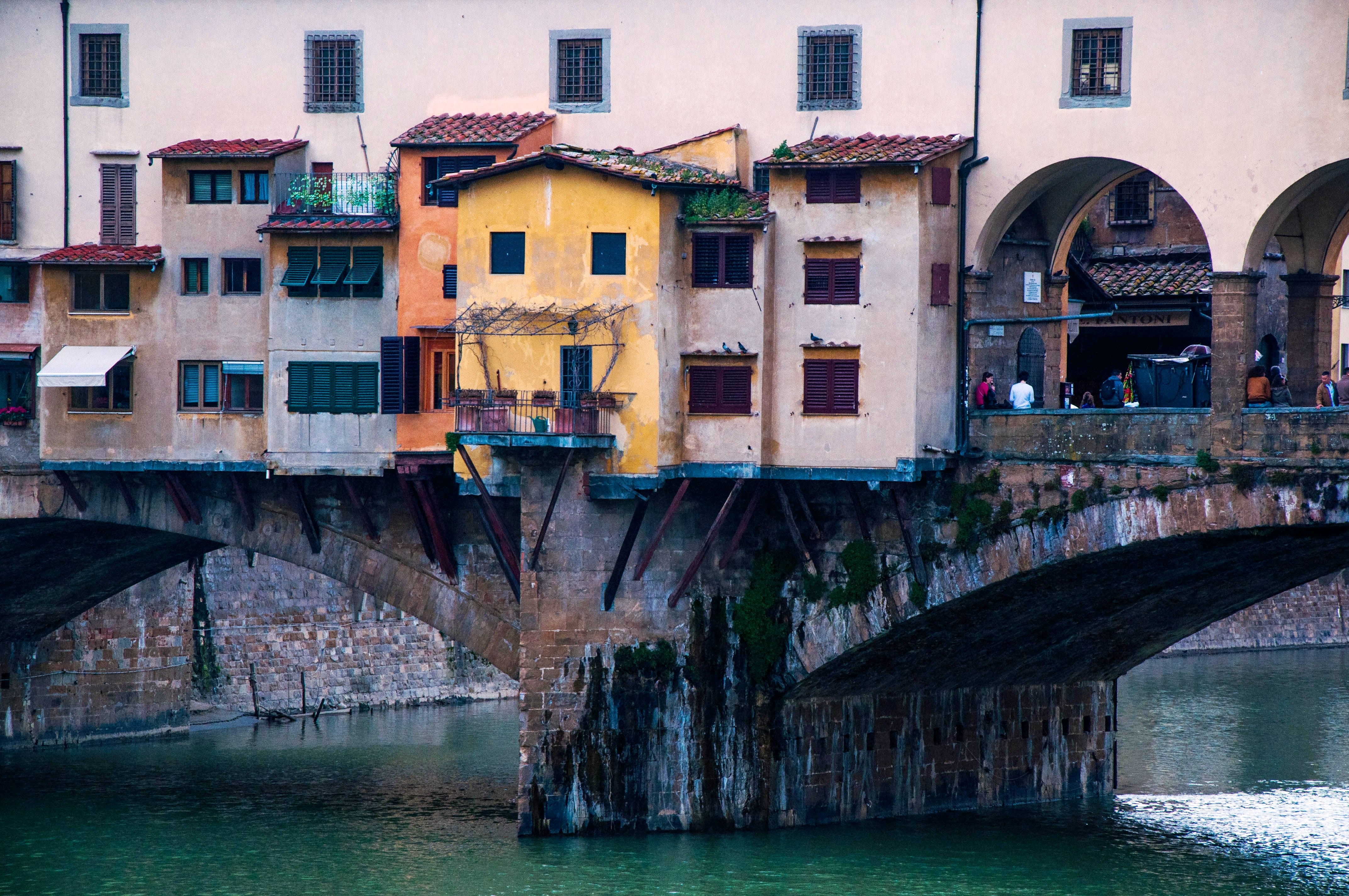

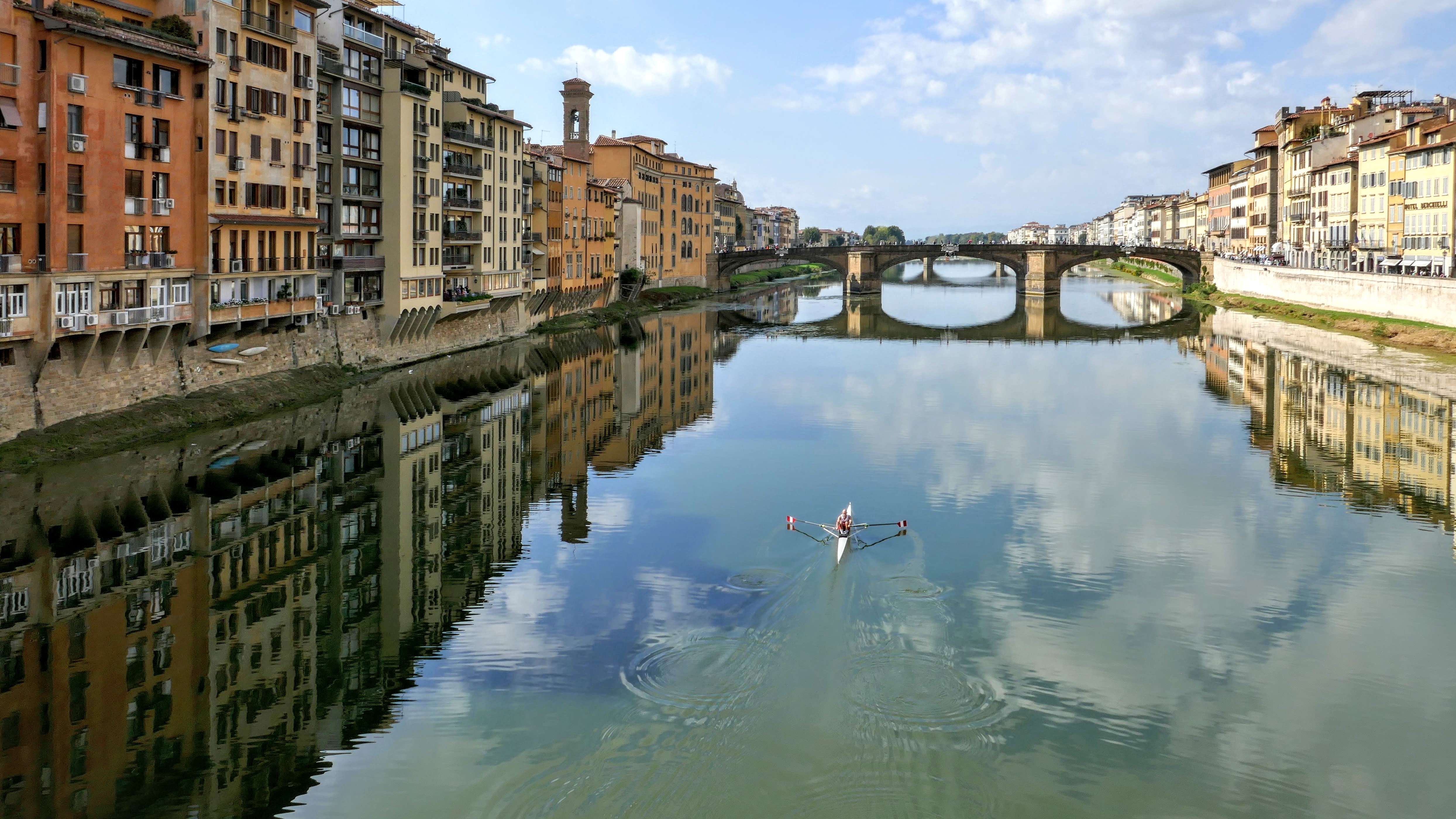
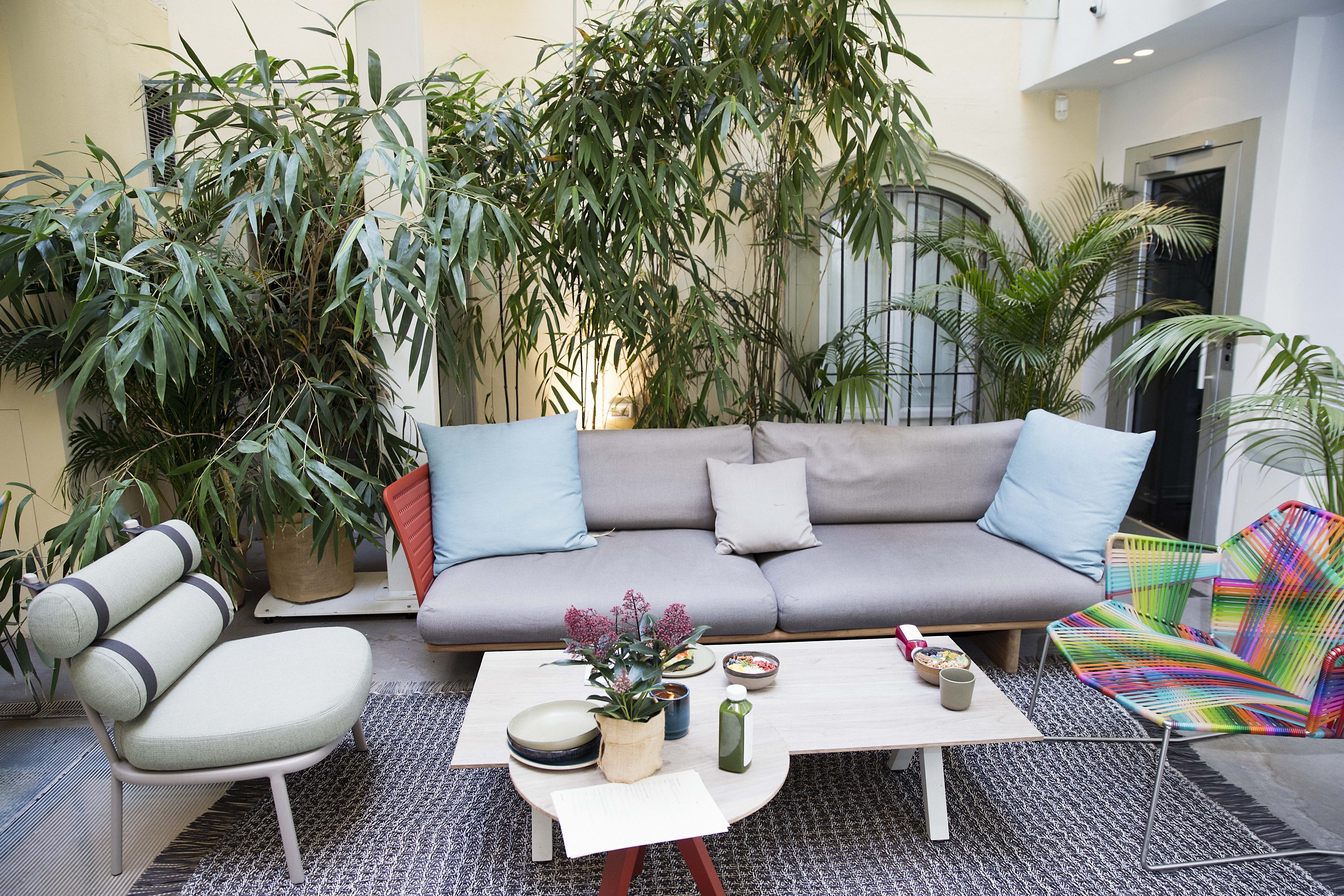
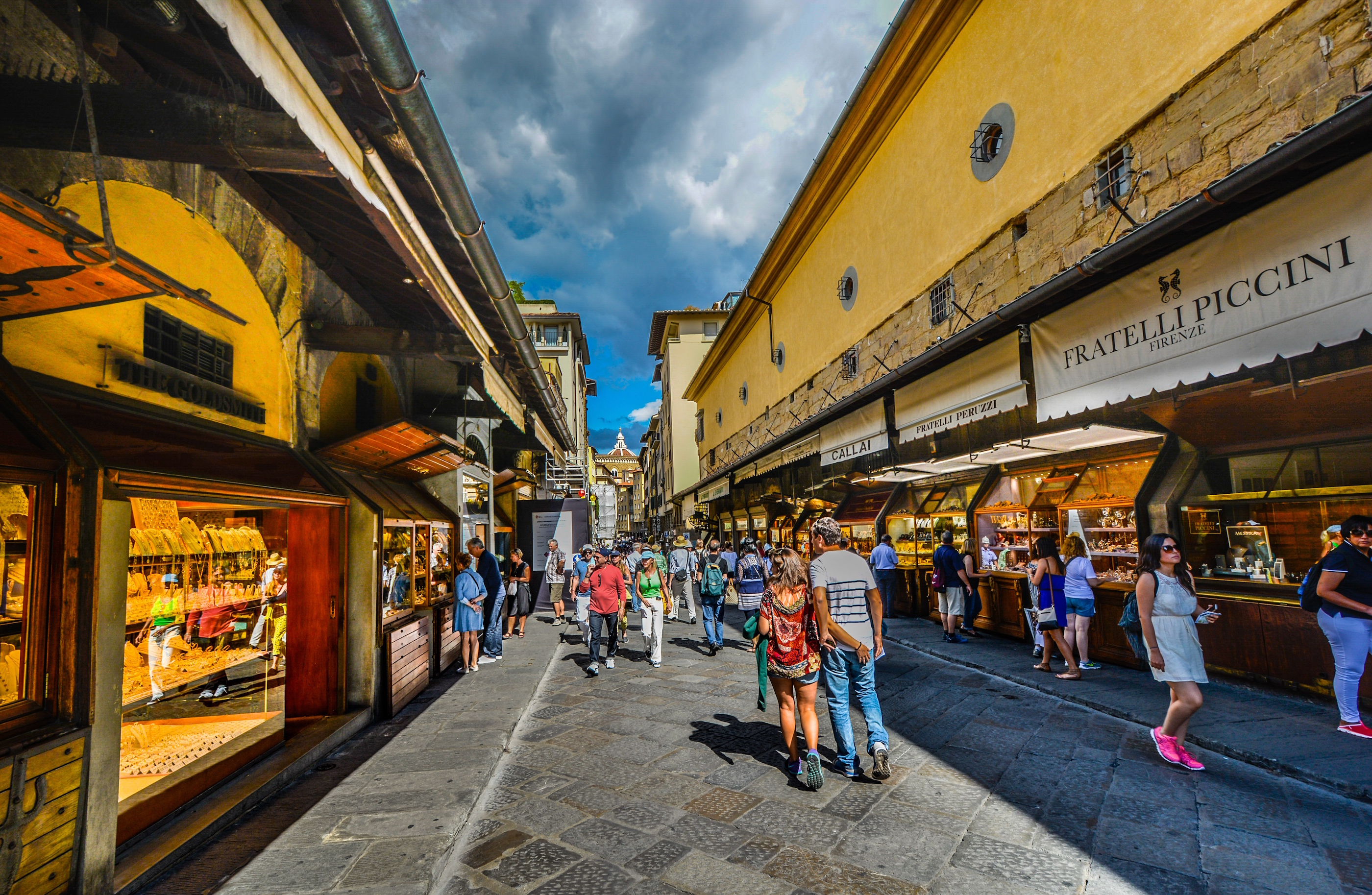


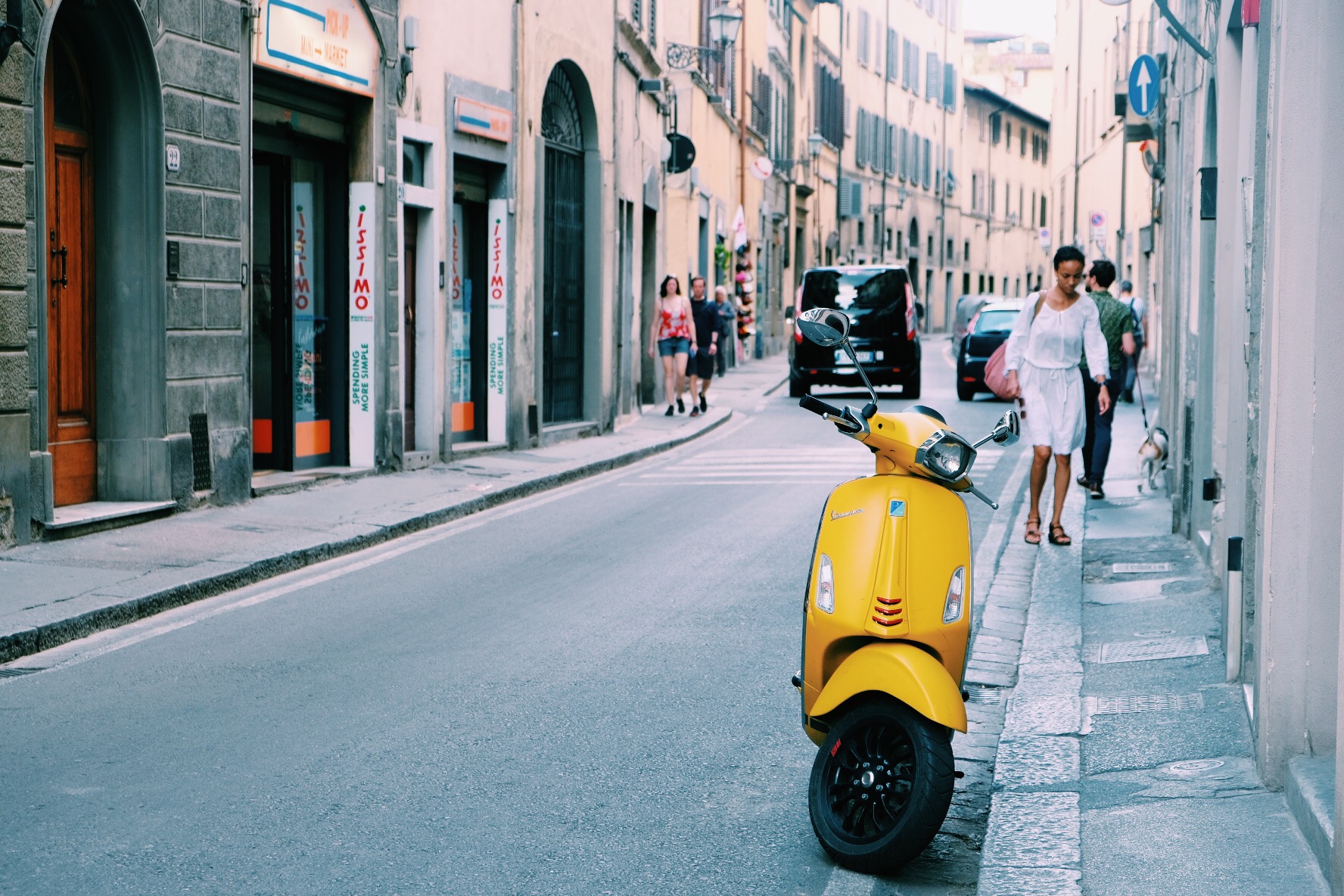
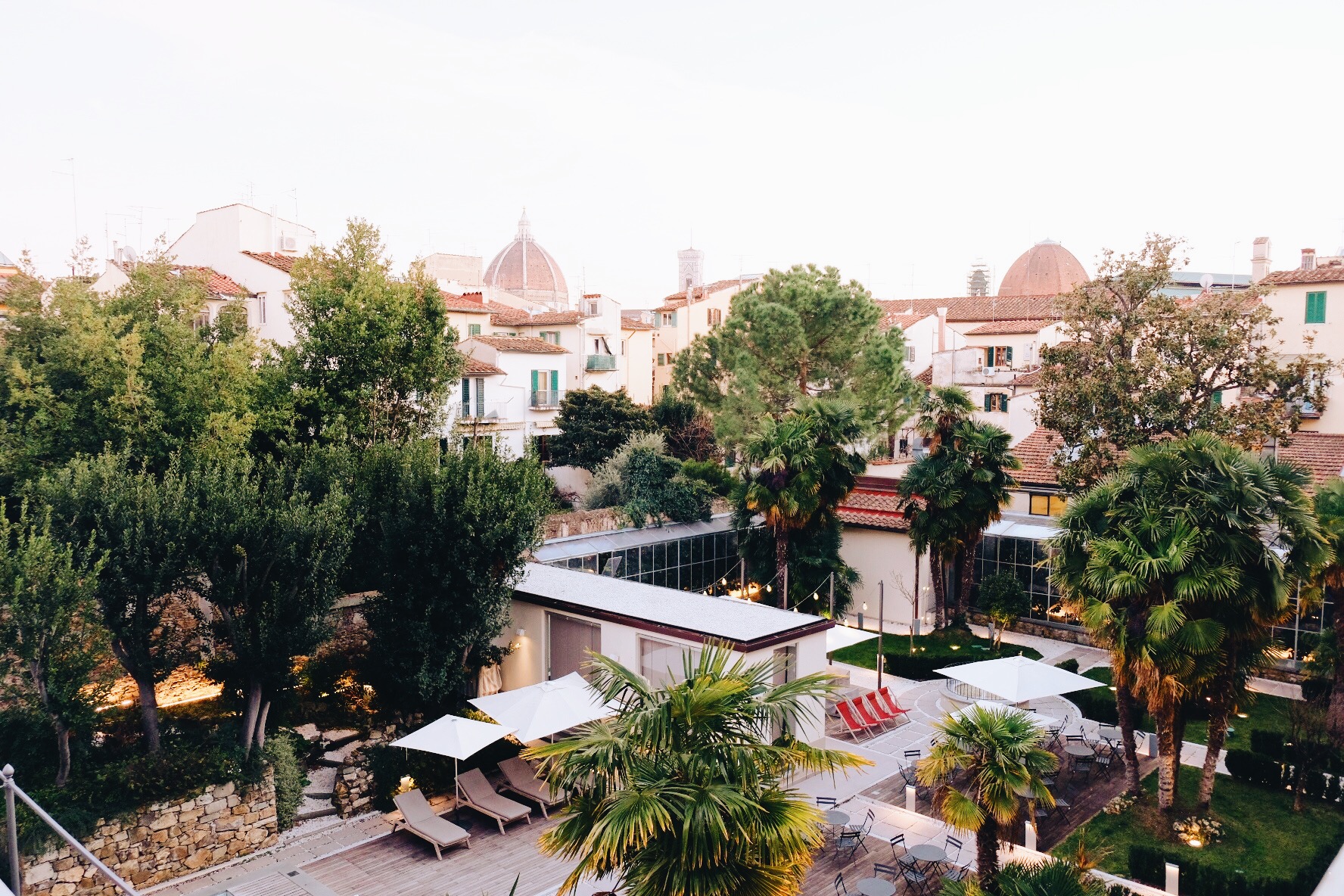
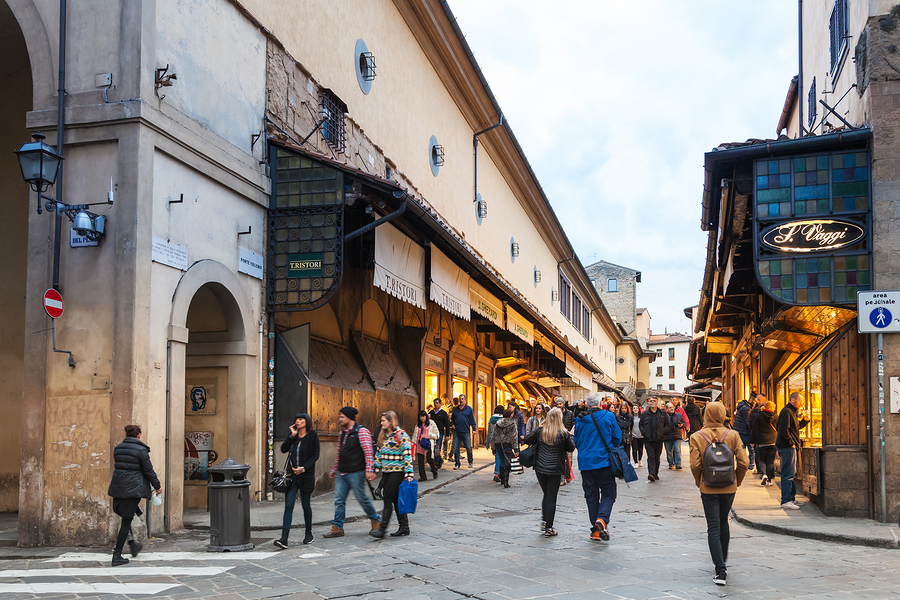
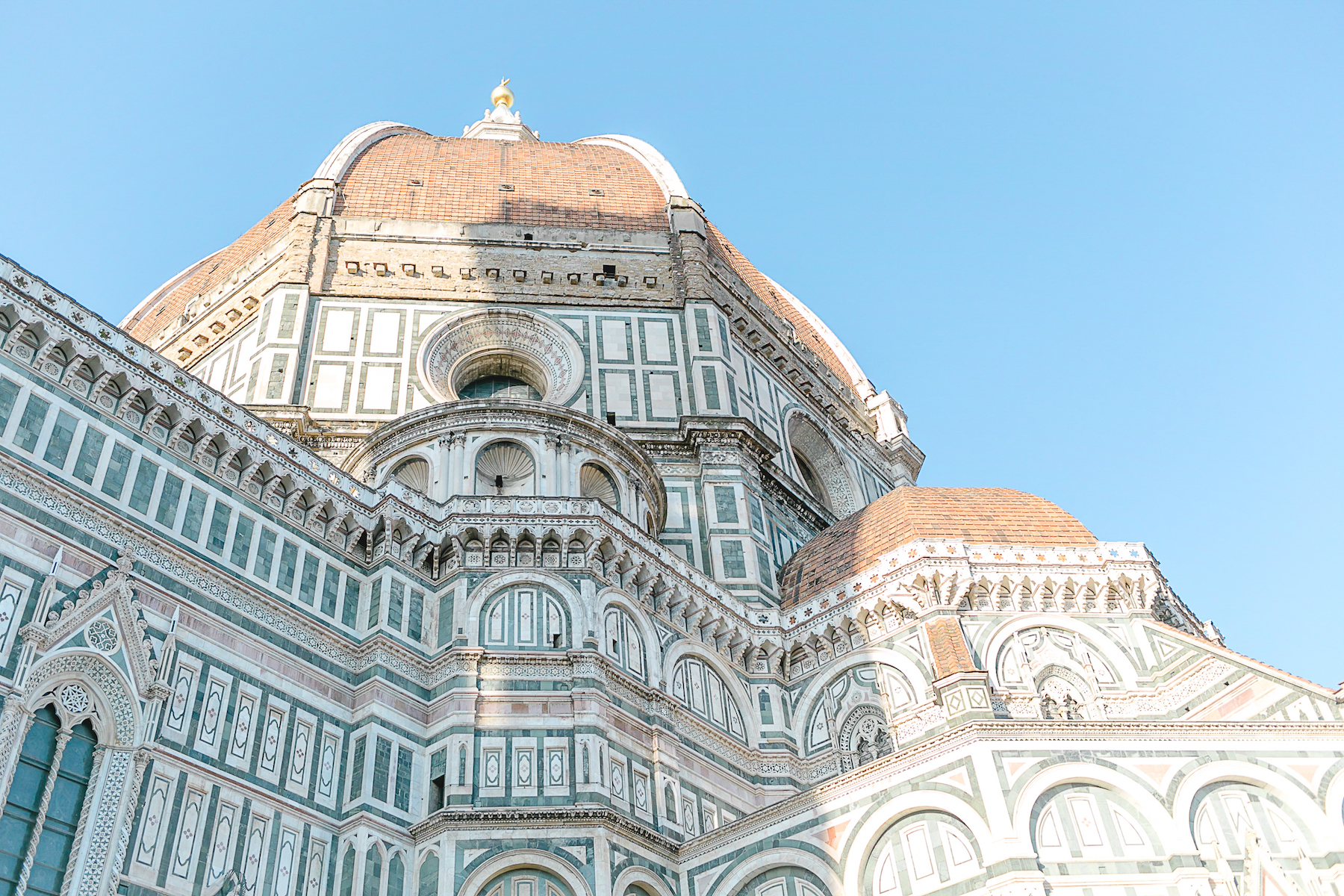
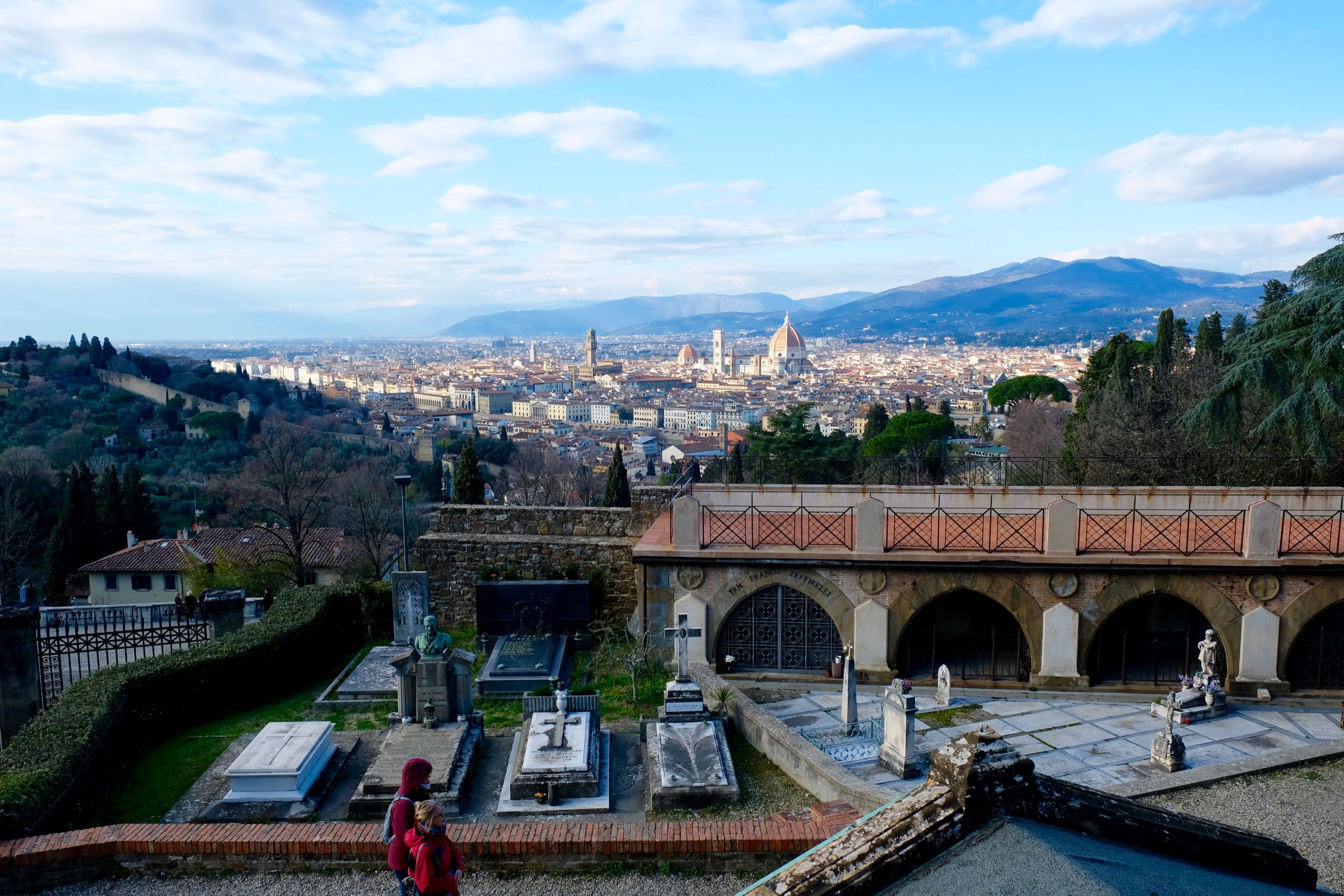

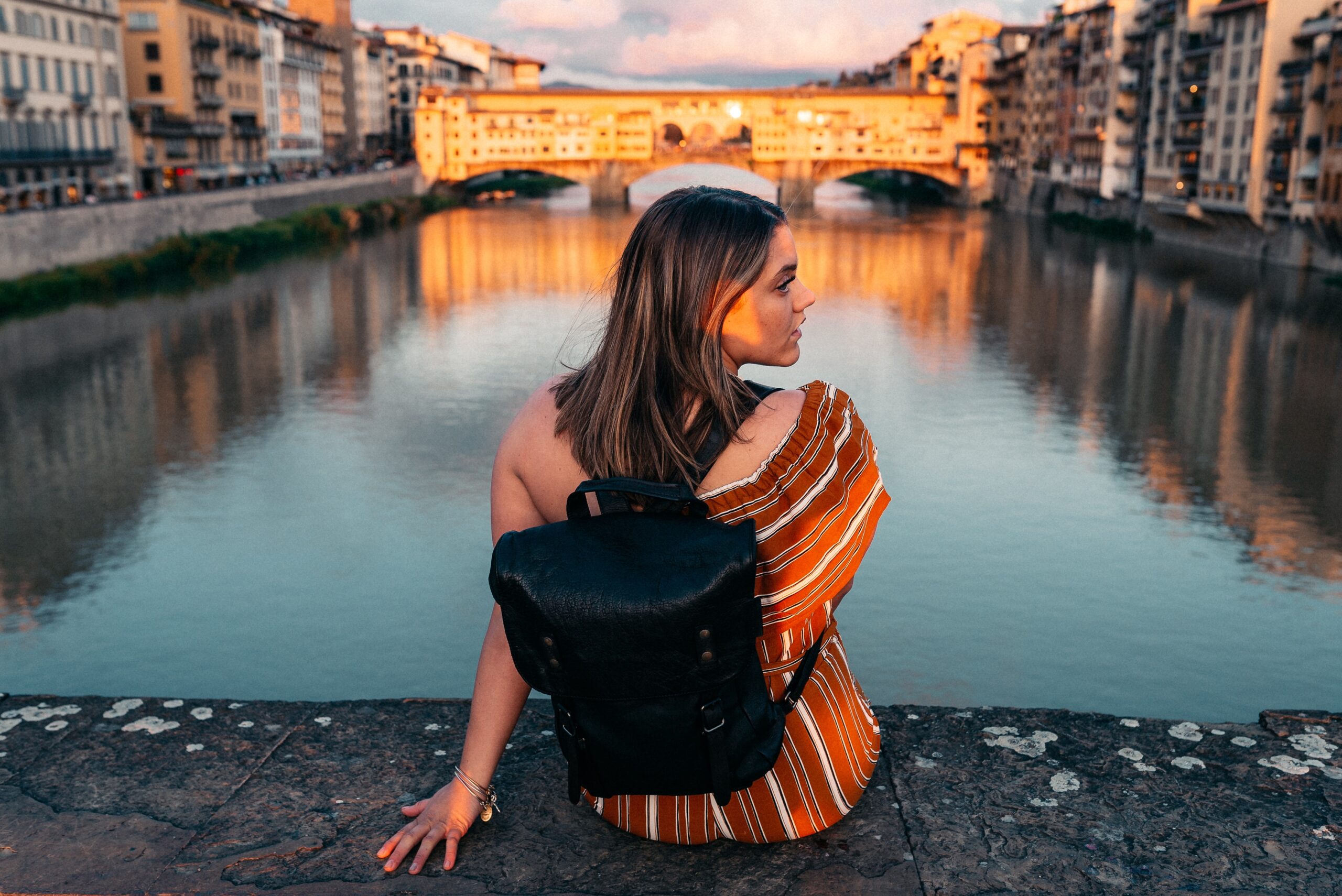
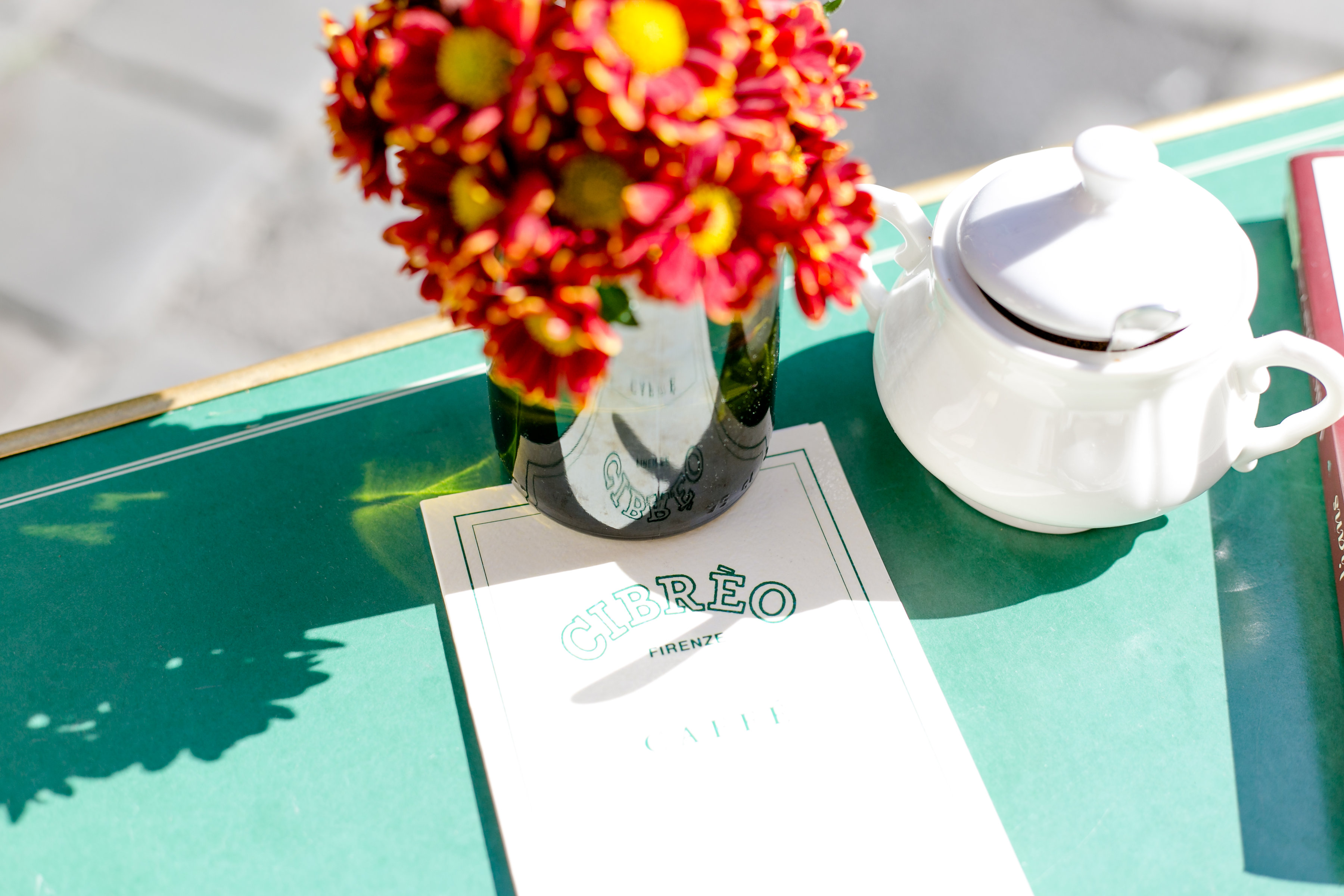
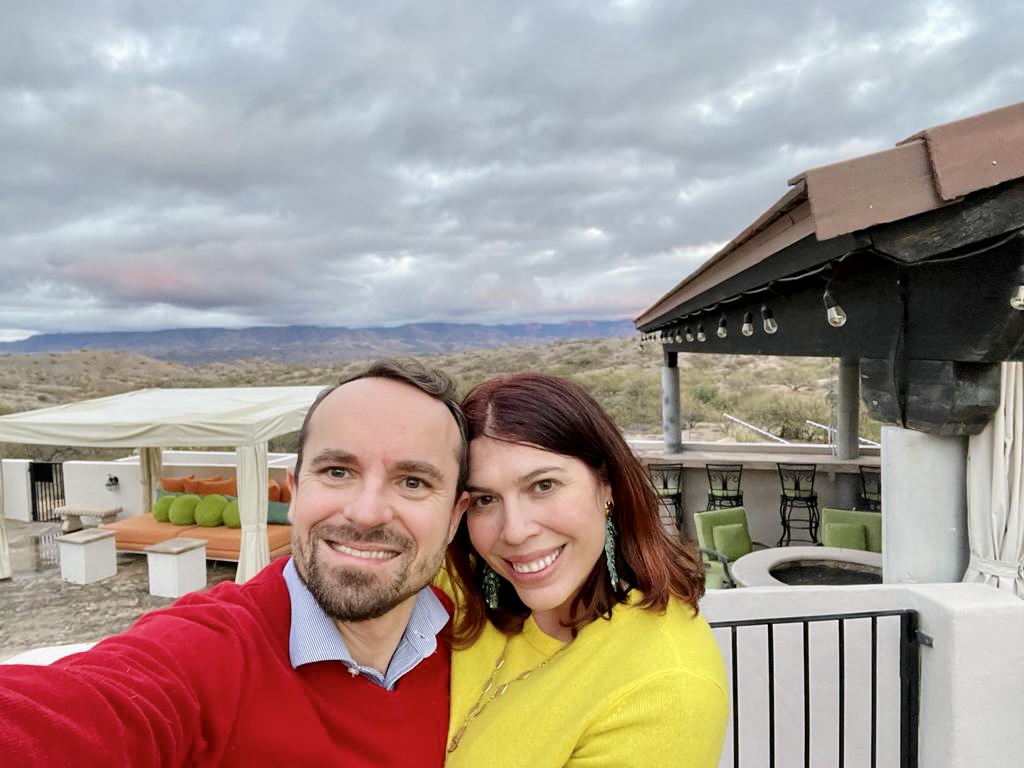



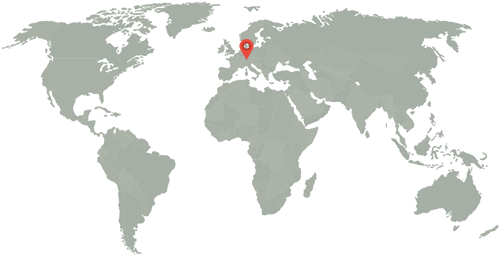
4 Responses
Very interesting and well written. Learning more from you than I did from art classes in high school and college!
Thank you Gil :D, I don’t remember a thing from art classes in high school so I consider living in Florence a cultural education every day!
This is a very interesting post and this unfortunate discrimination existed Globally. At present I live in Australia and soon will return to Europe. However, what you have written was prevalent in Australia and still is to this day! This unbelievable discrimination against woman artists exists which totally just has me gobsmacked! There were some truly gifted woman and now thank god some of the paintings are hanging in the Art Gallery of NSW in Sydney!
I do not know what it is like in Italy now as far as being Unique as an Artist, what I can say is that here in Australia more often than not “one is surrounded by resistance” and This happens to be my predicament. What is interesting is the Italians are in particular interested for my work. It has a strong Spiritual element to it.
Really looking forward to my return to Firenze In May/June and thank you for writing these informative posts.